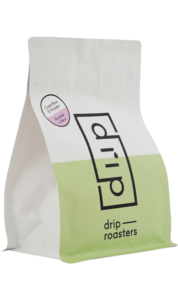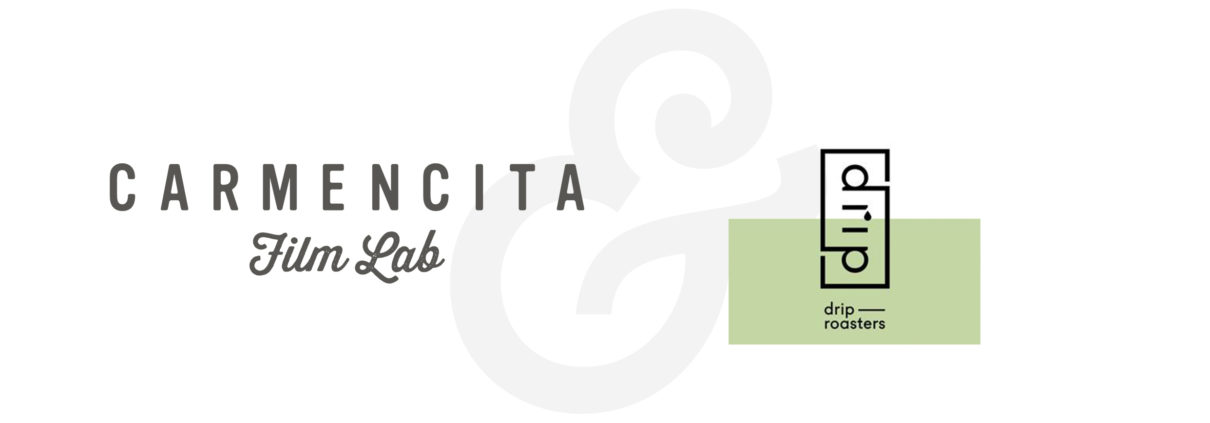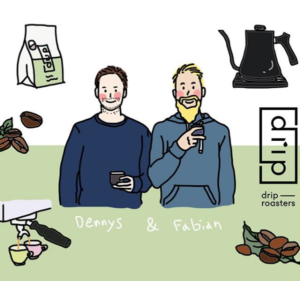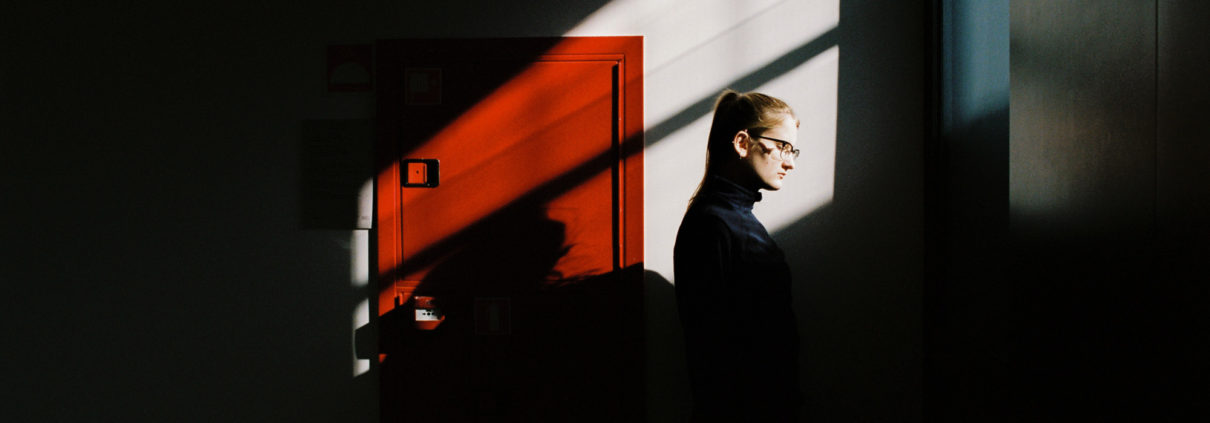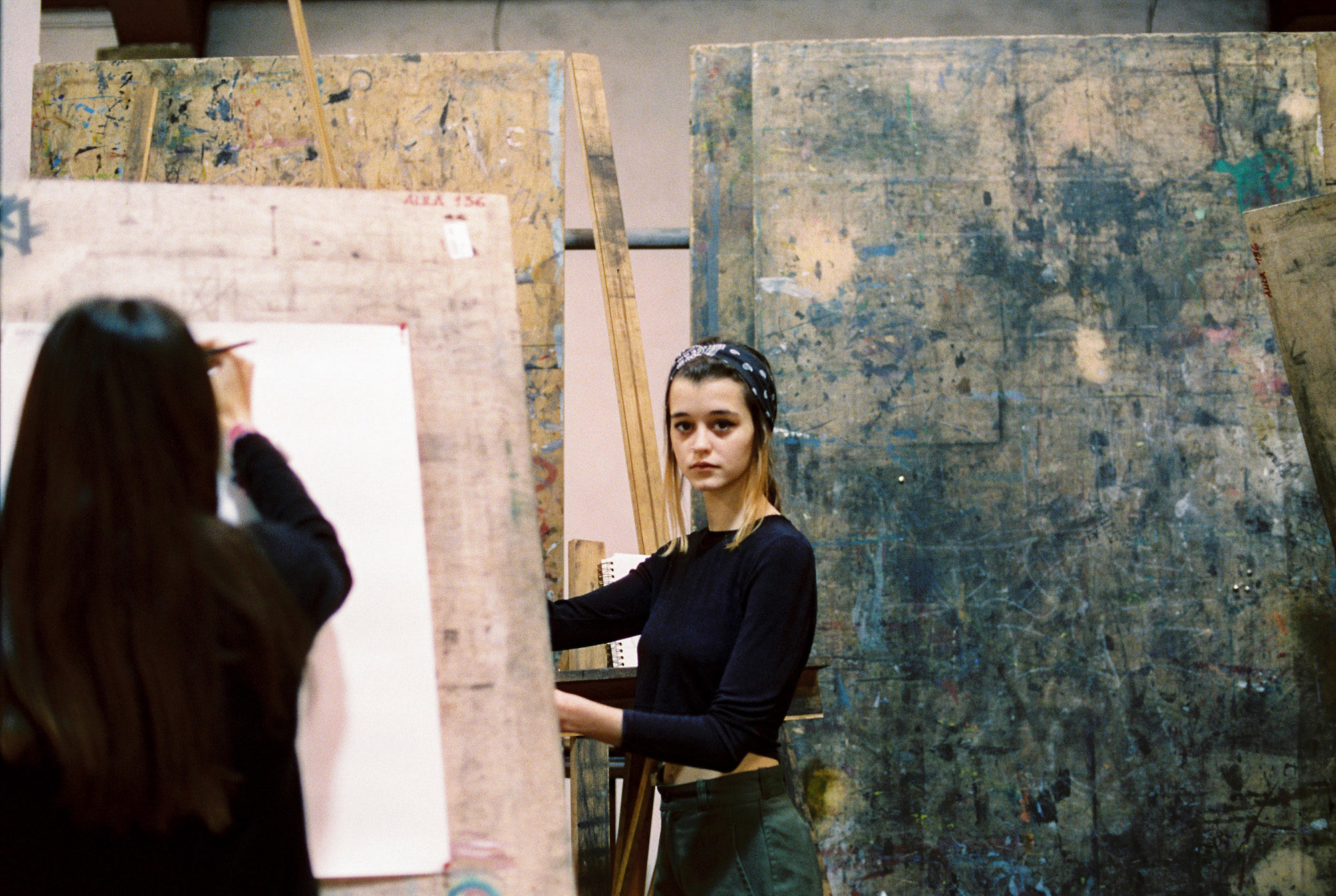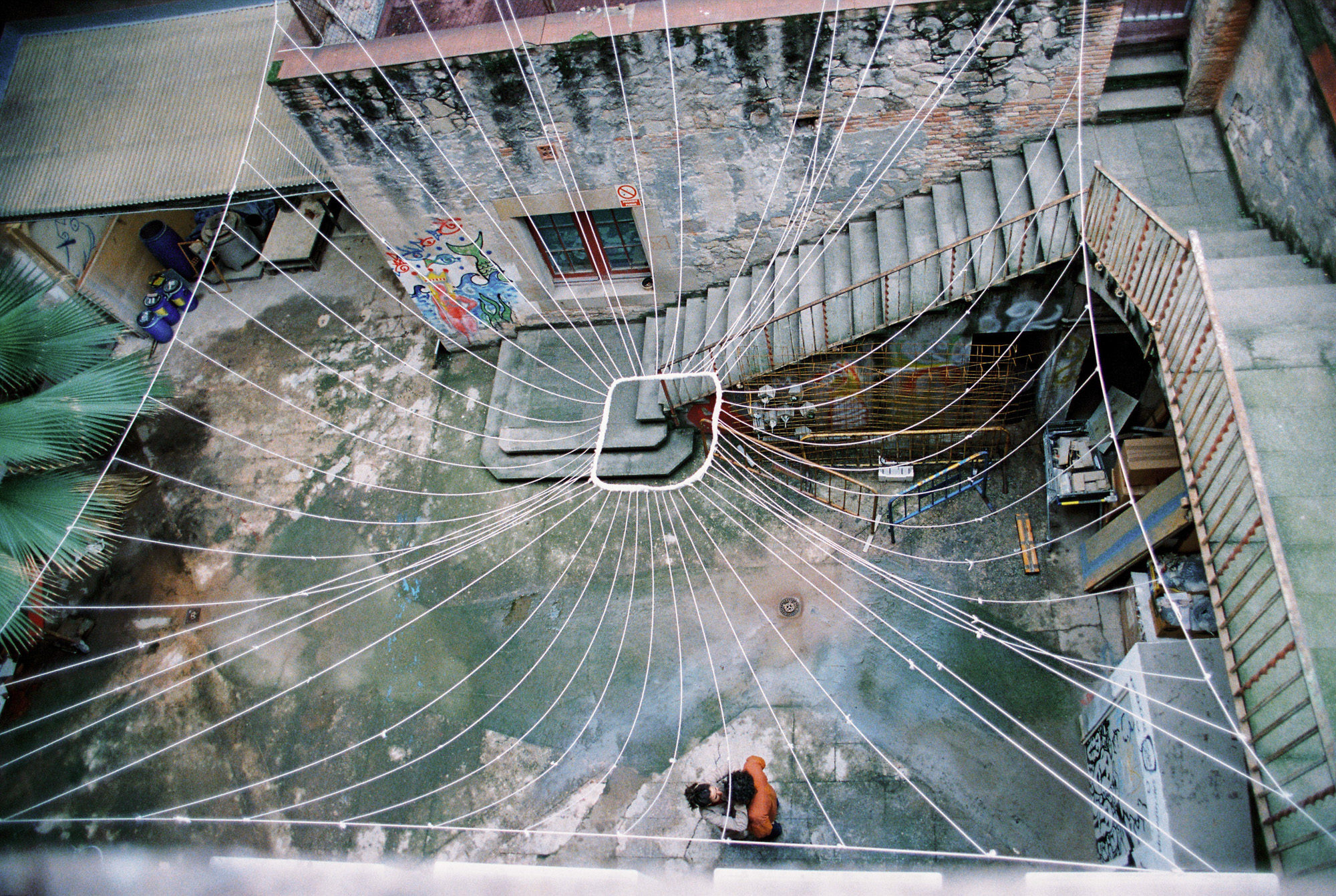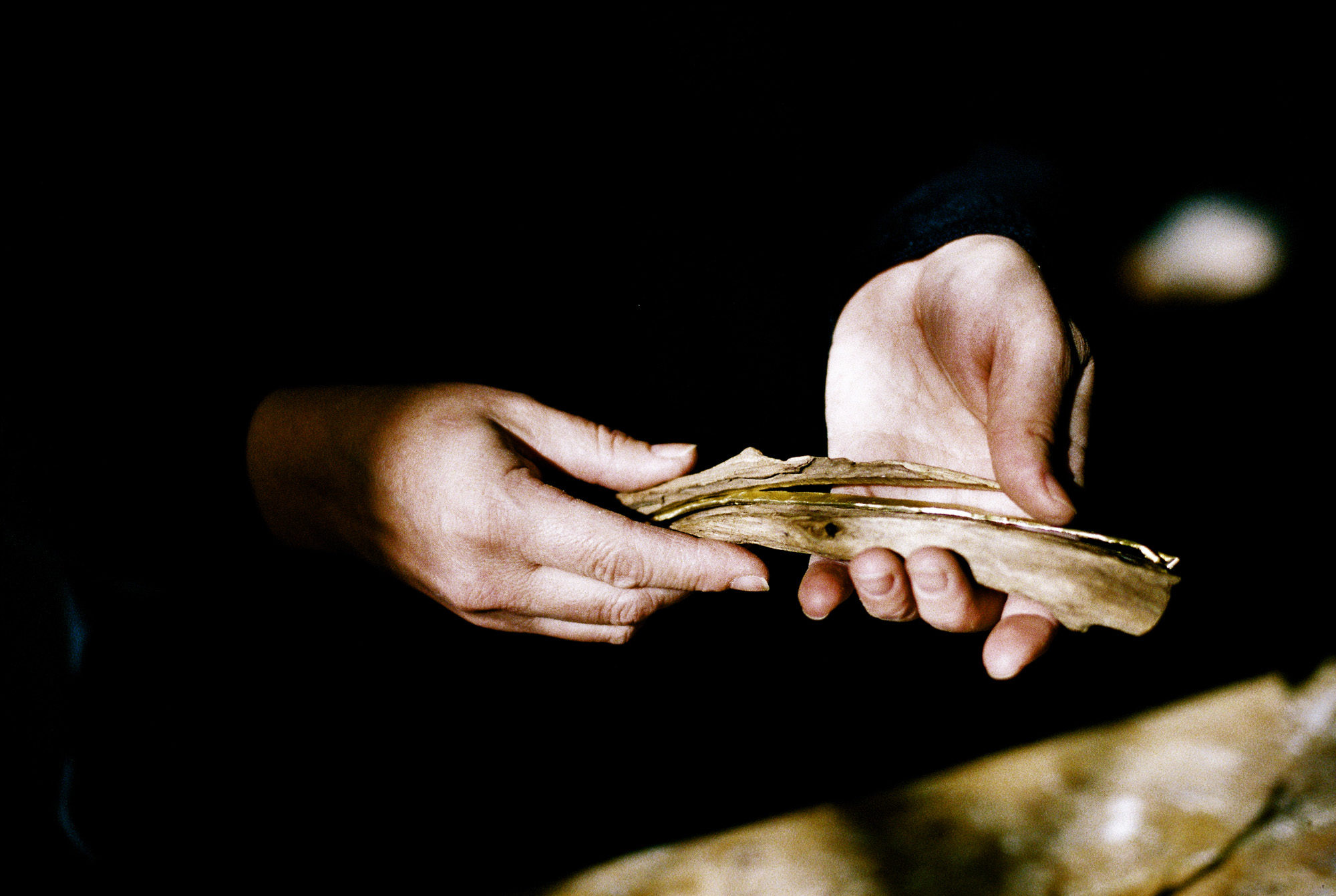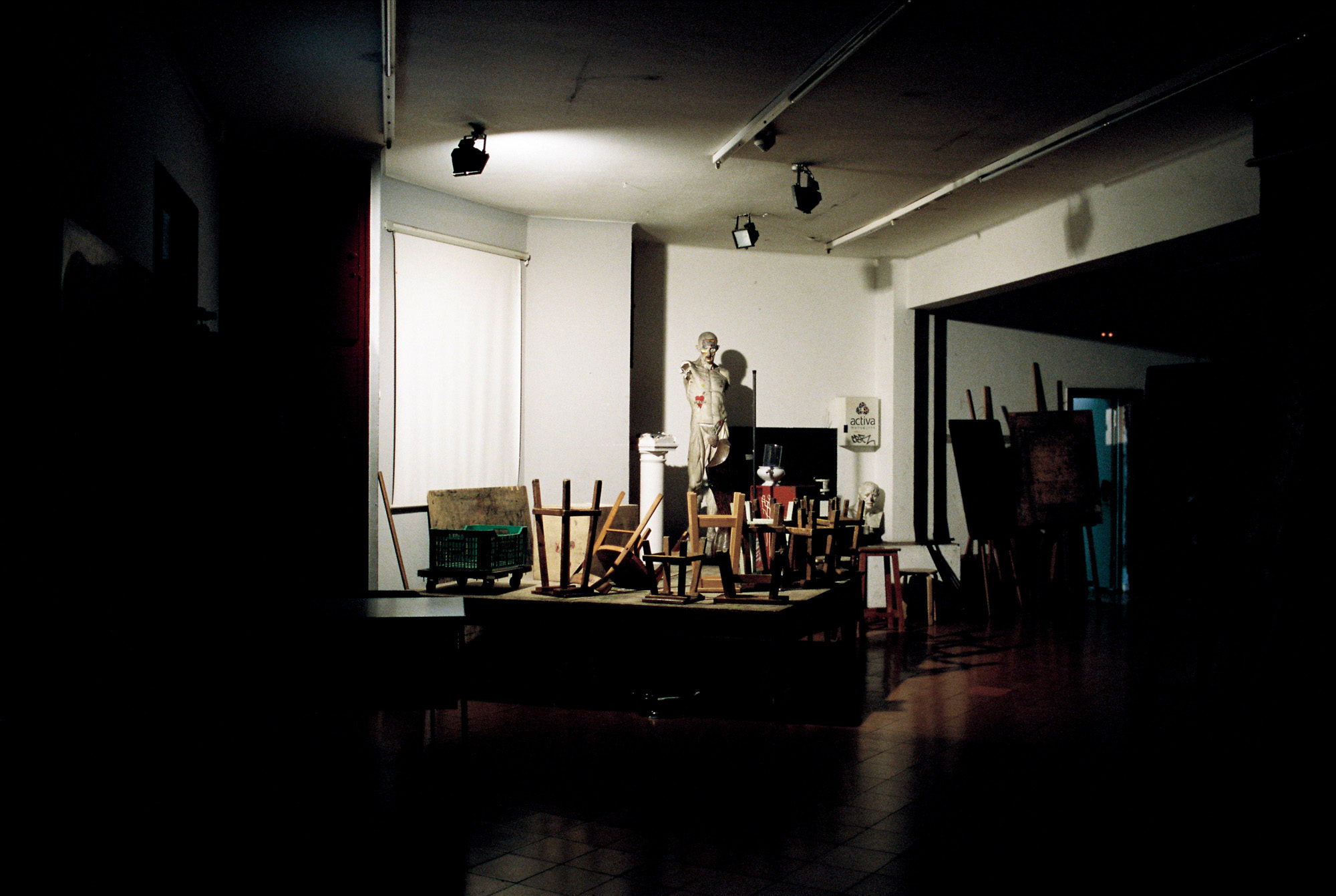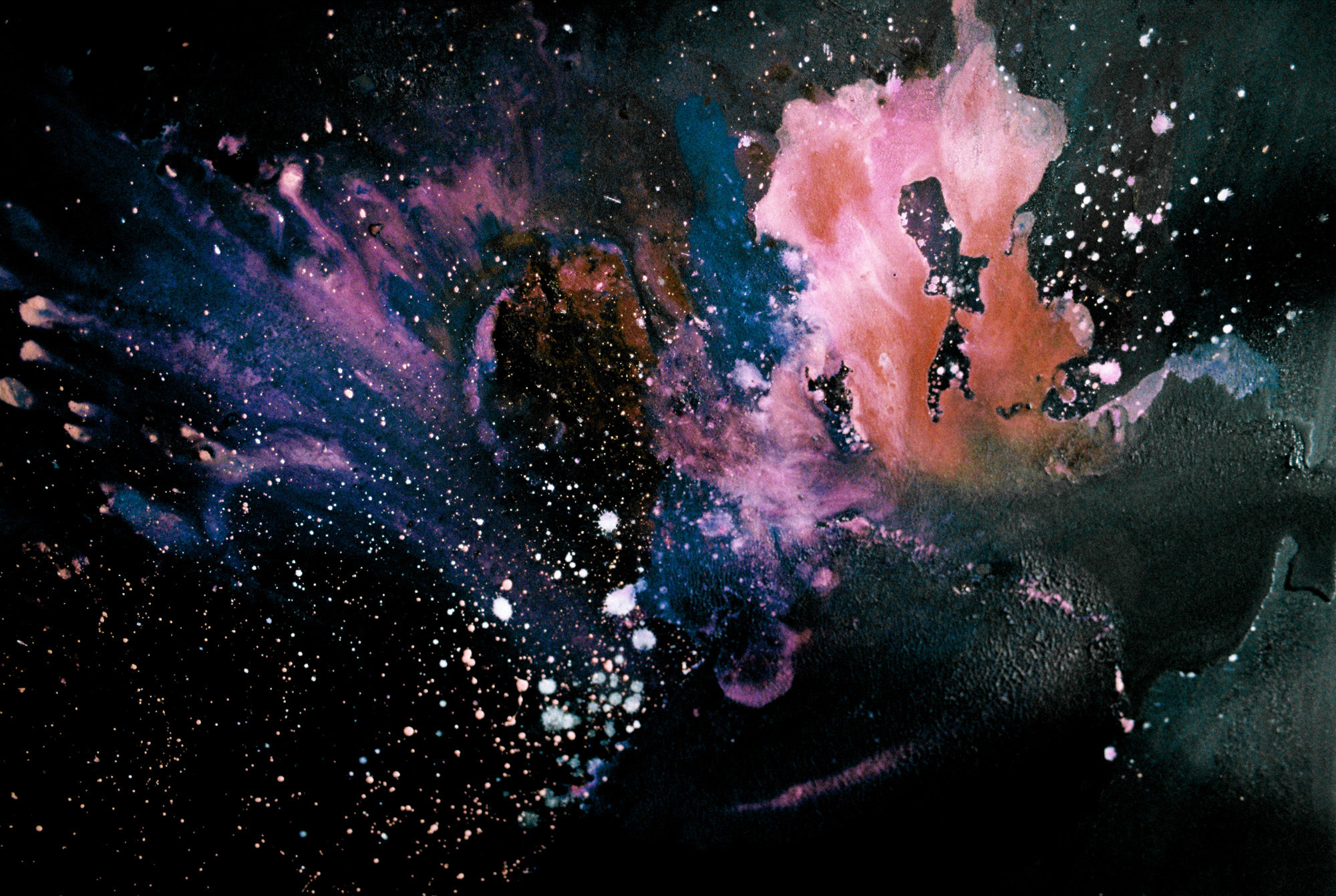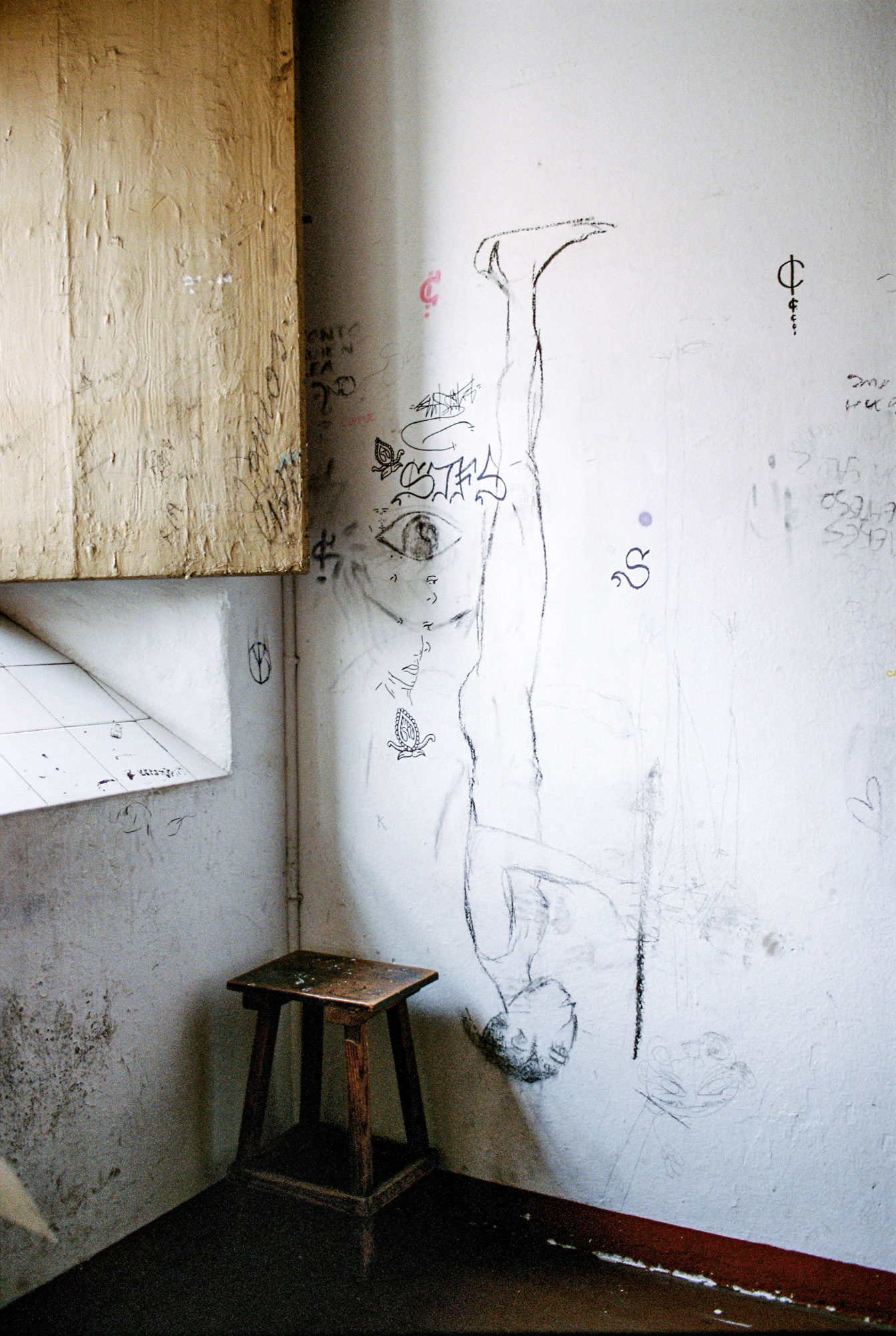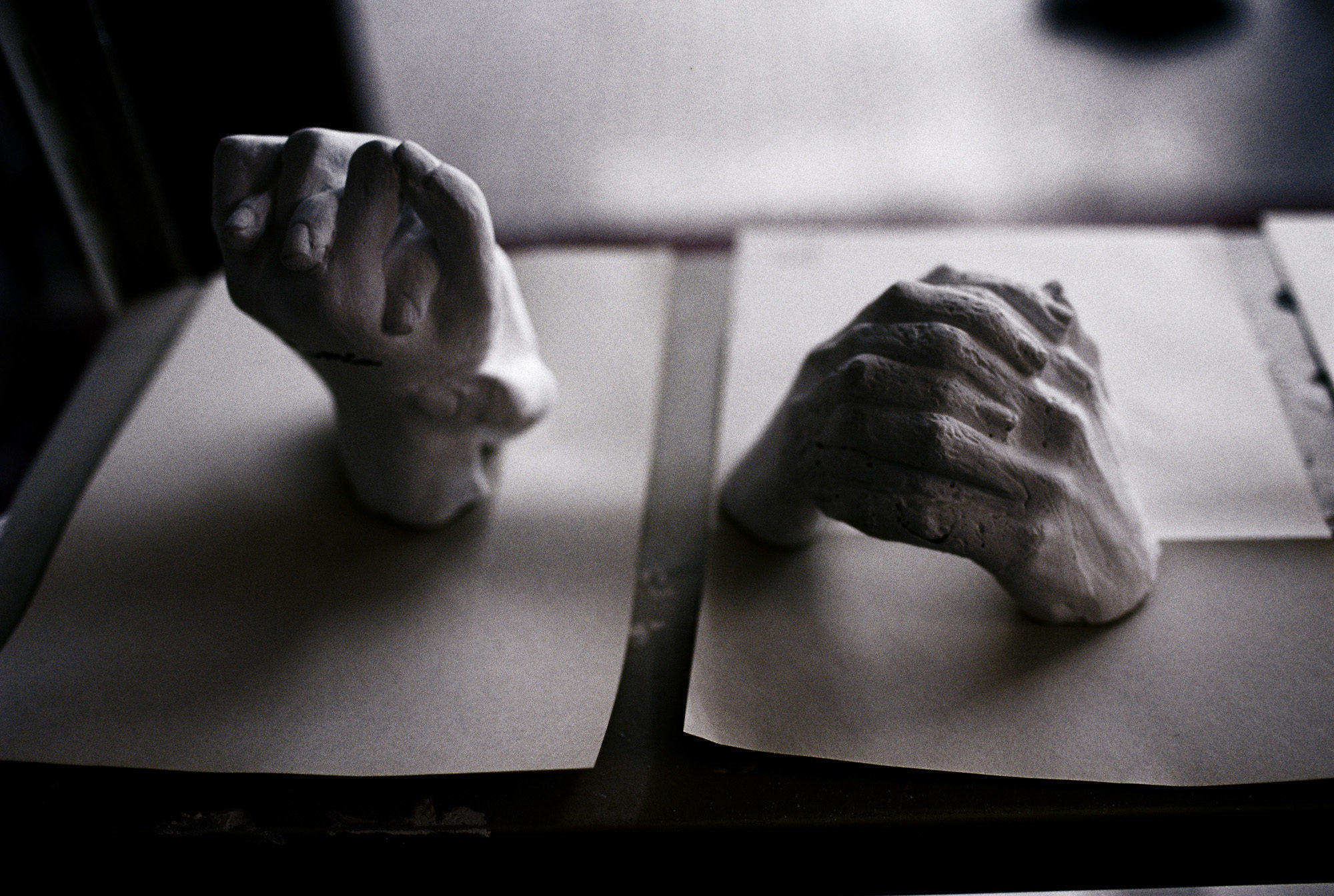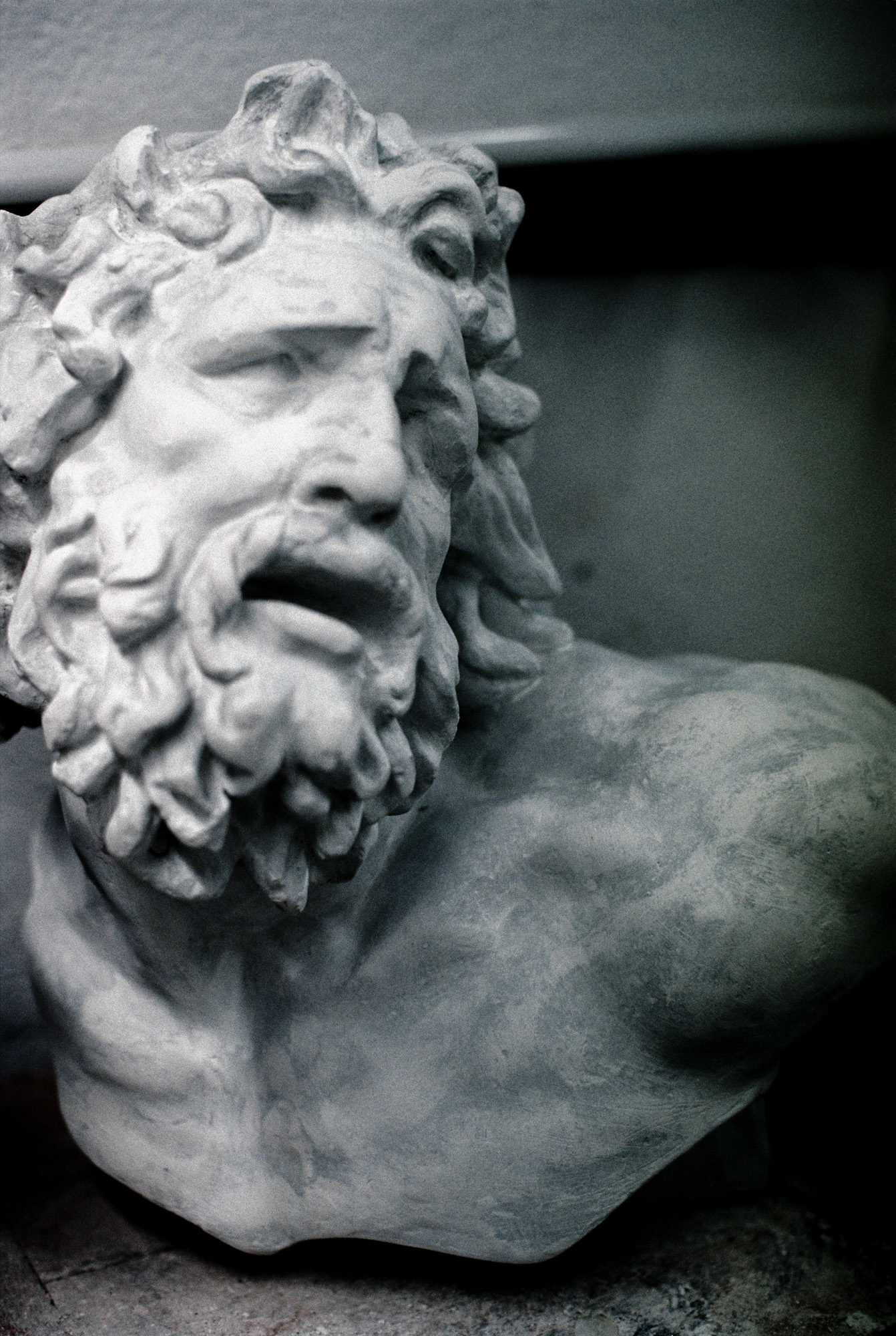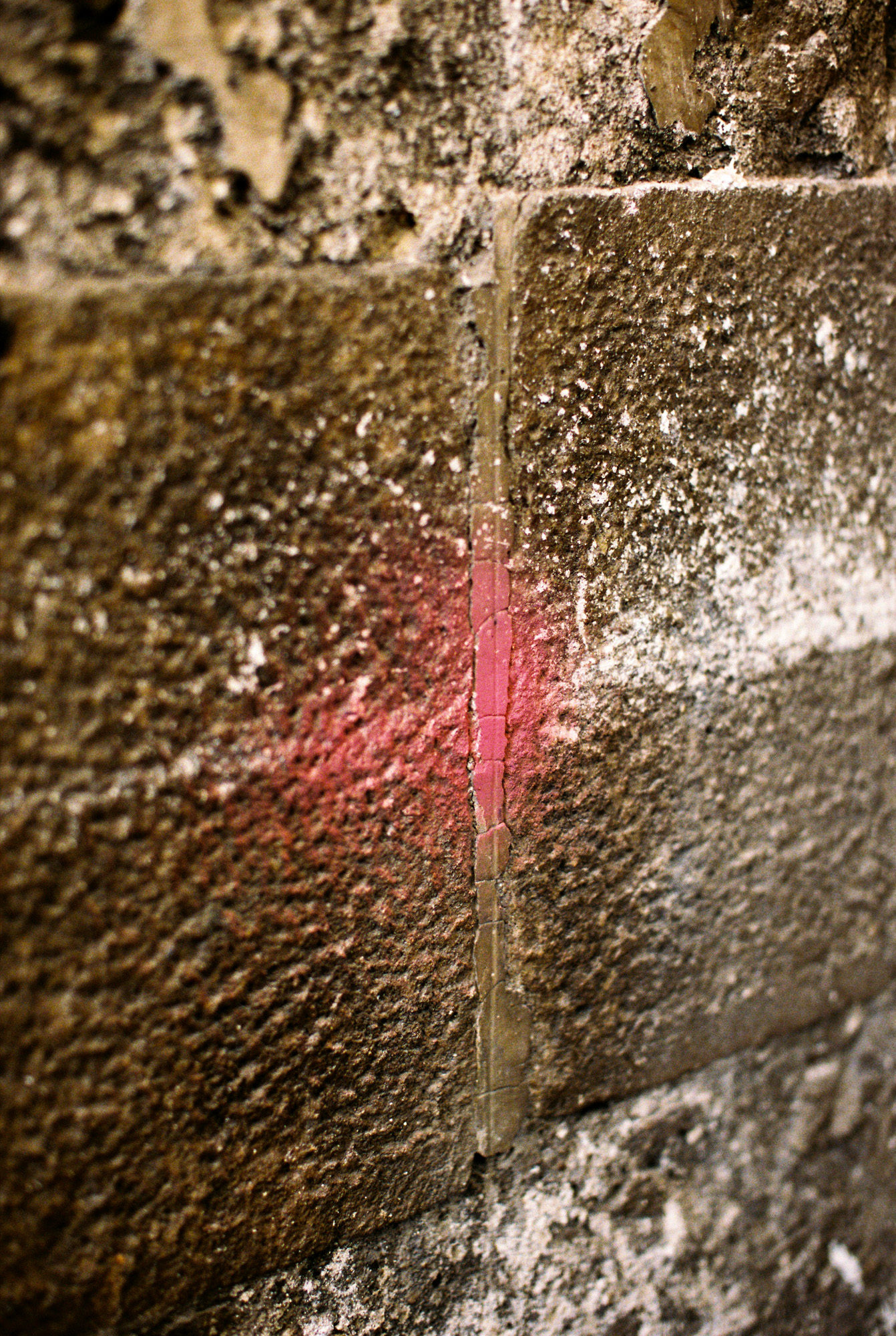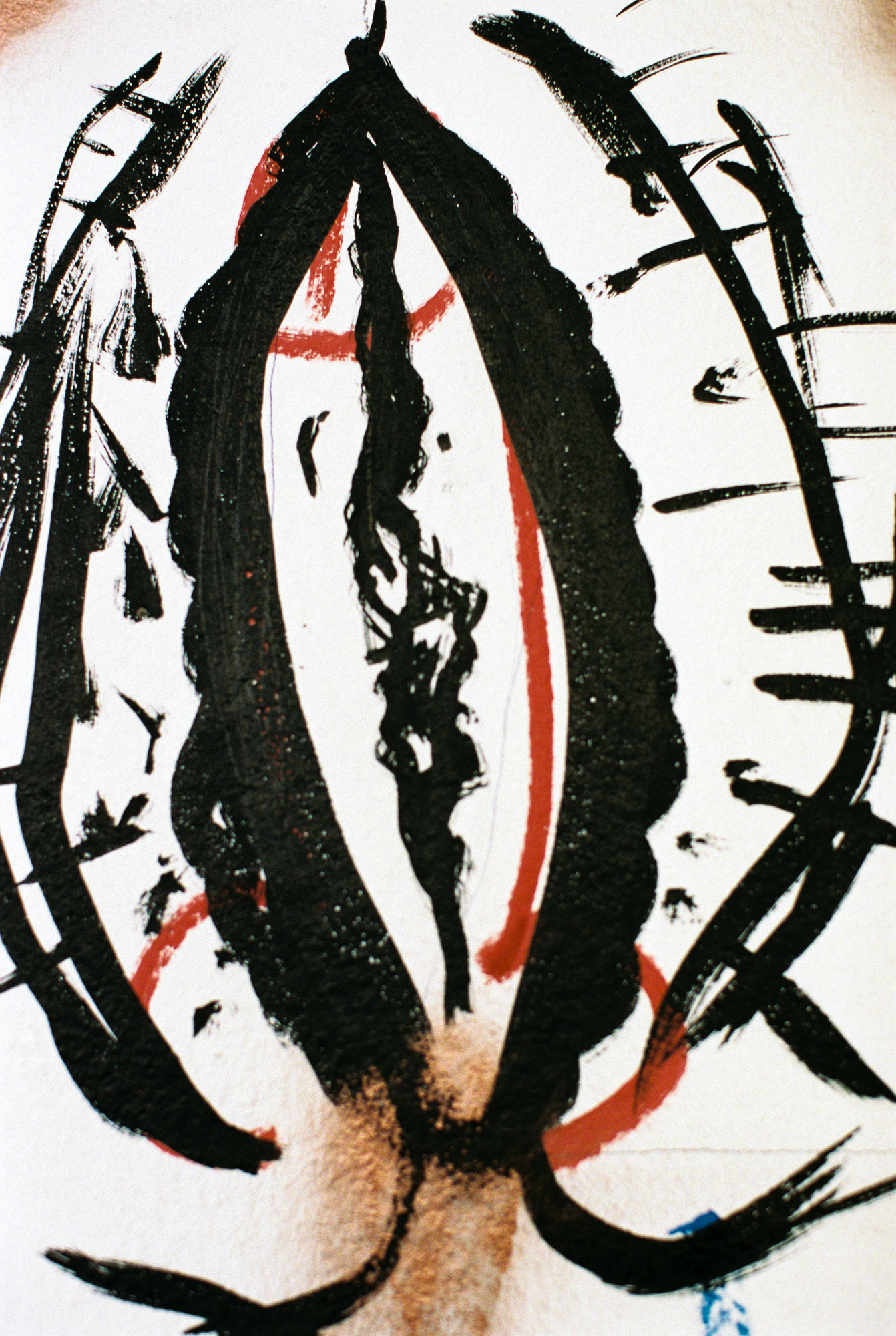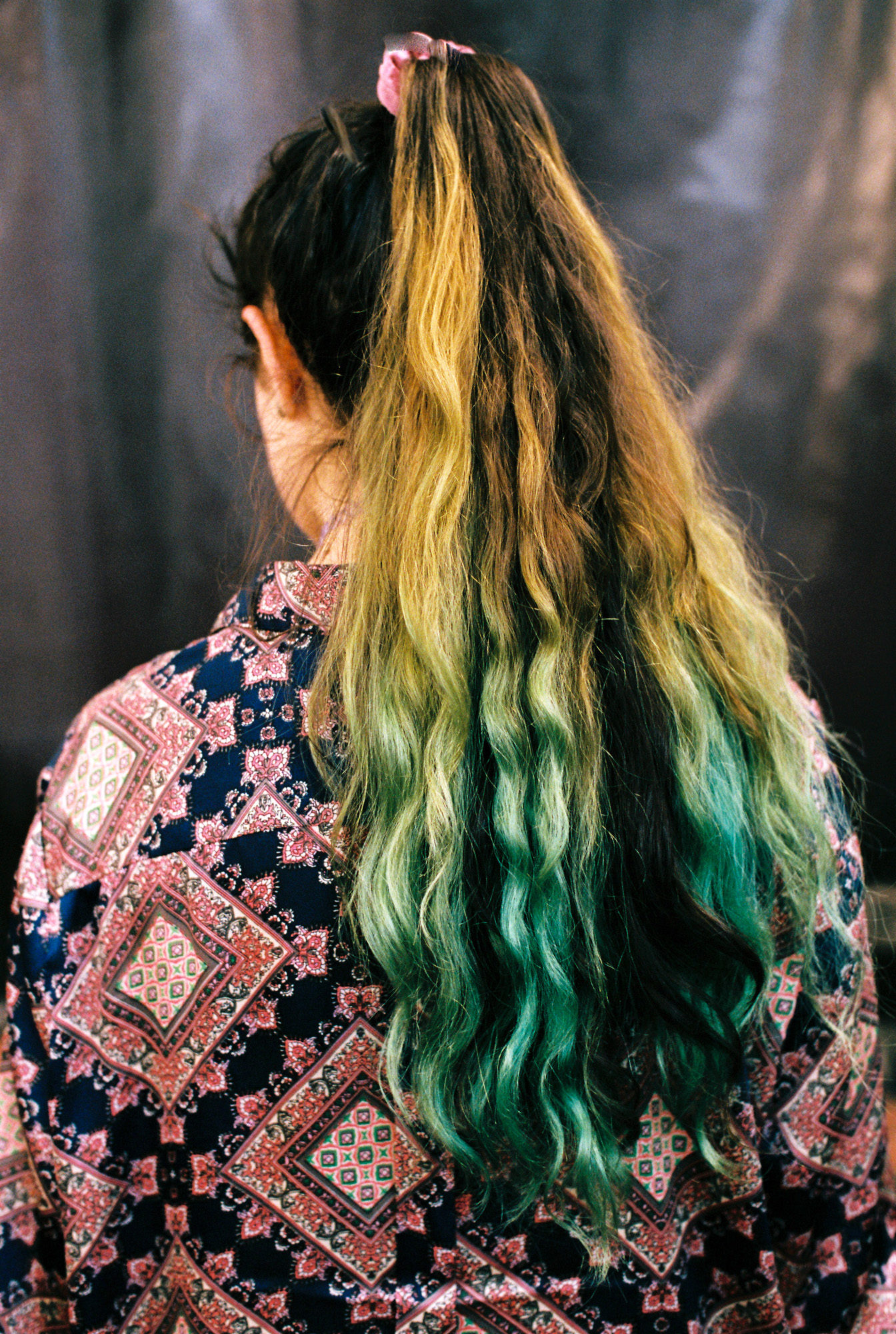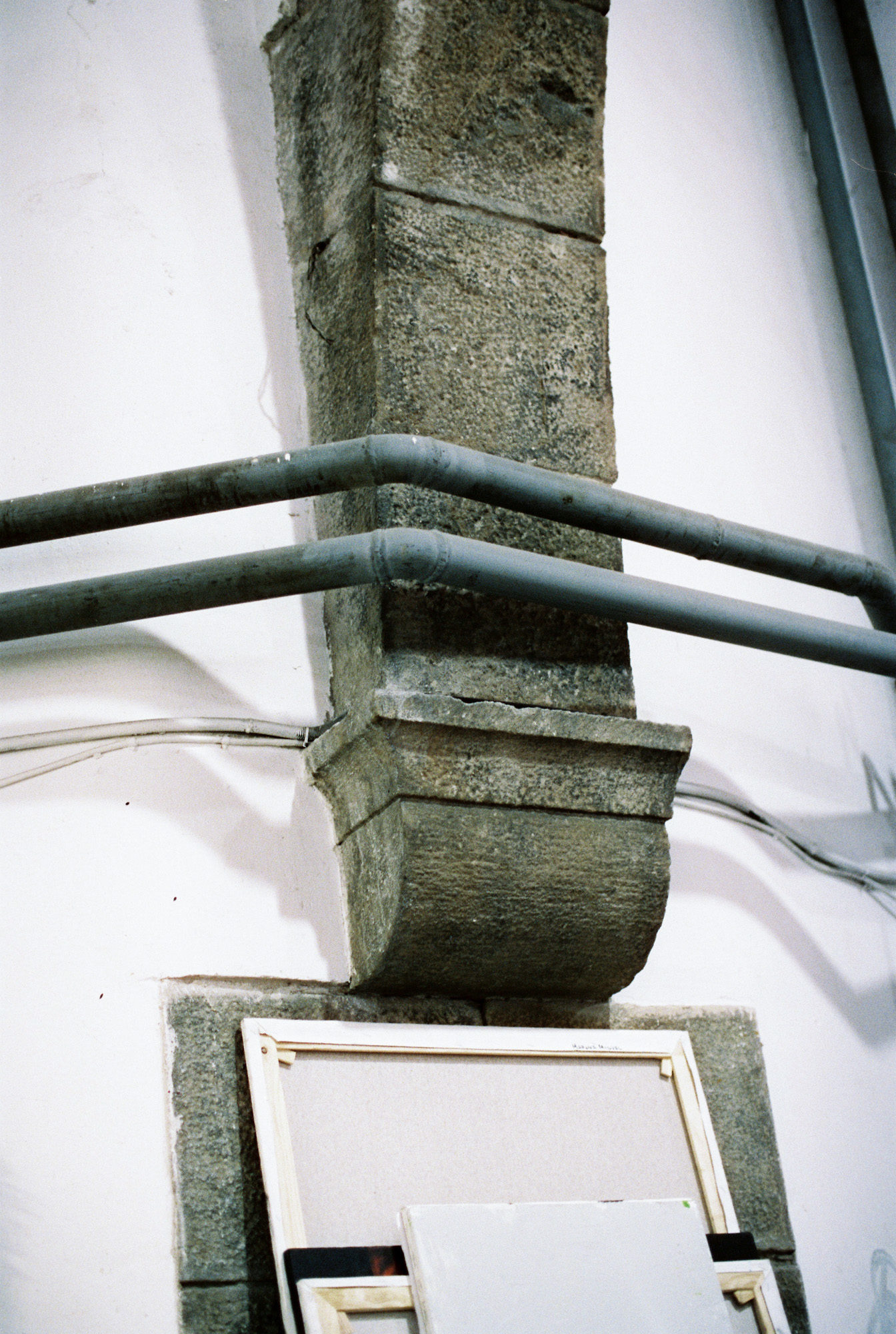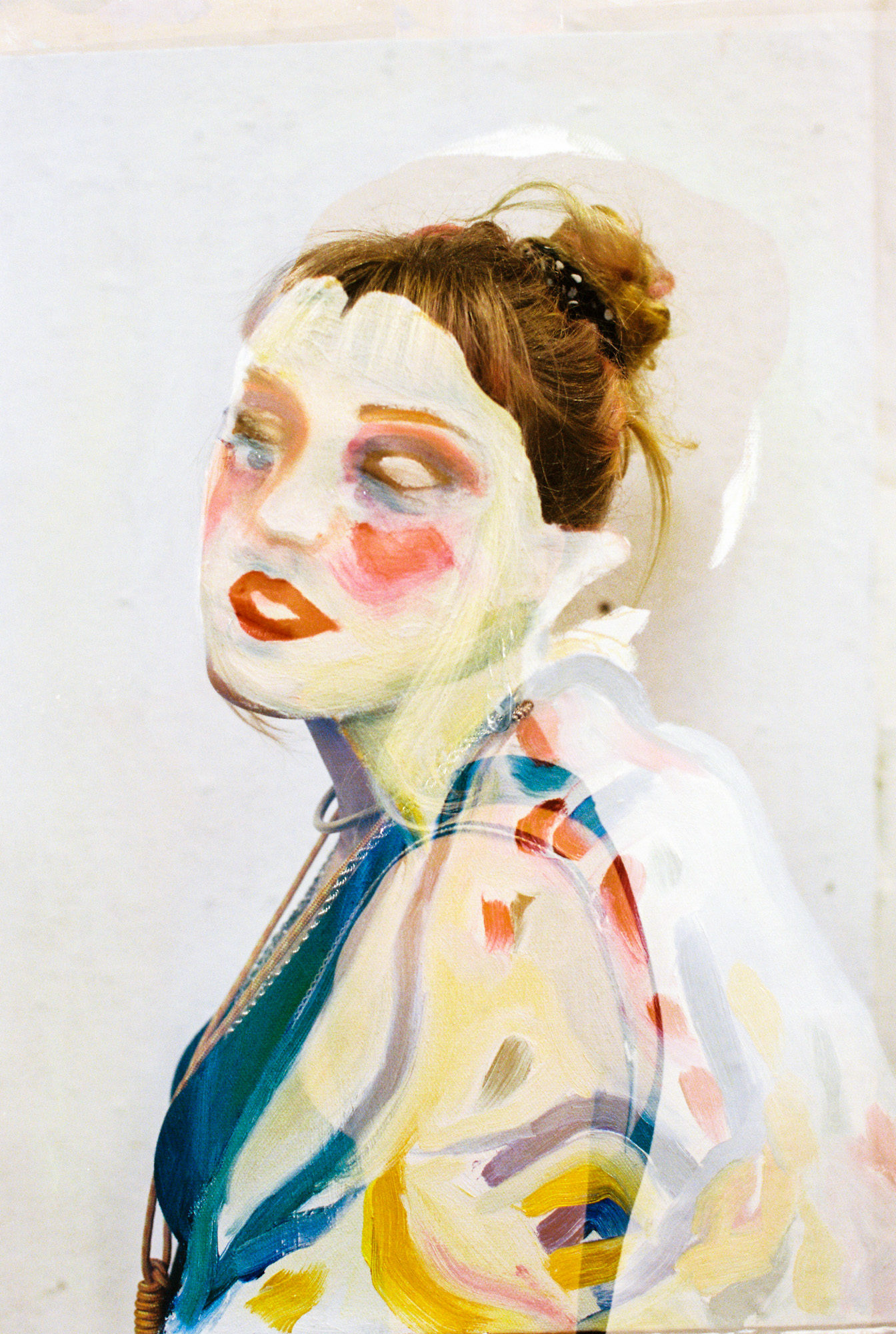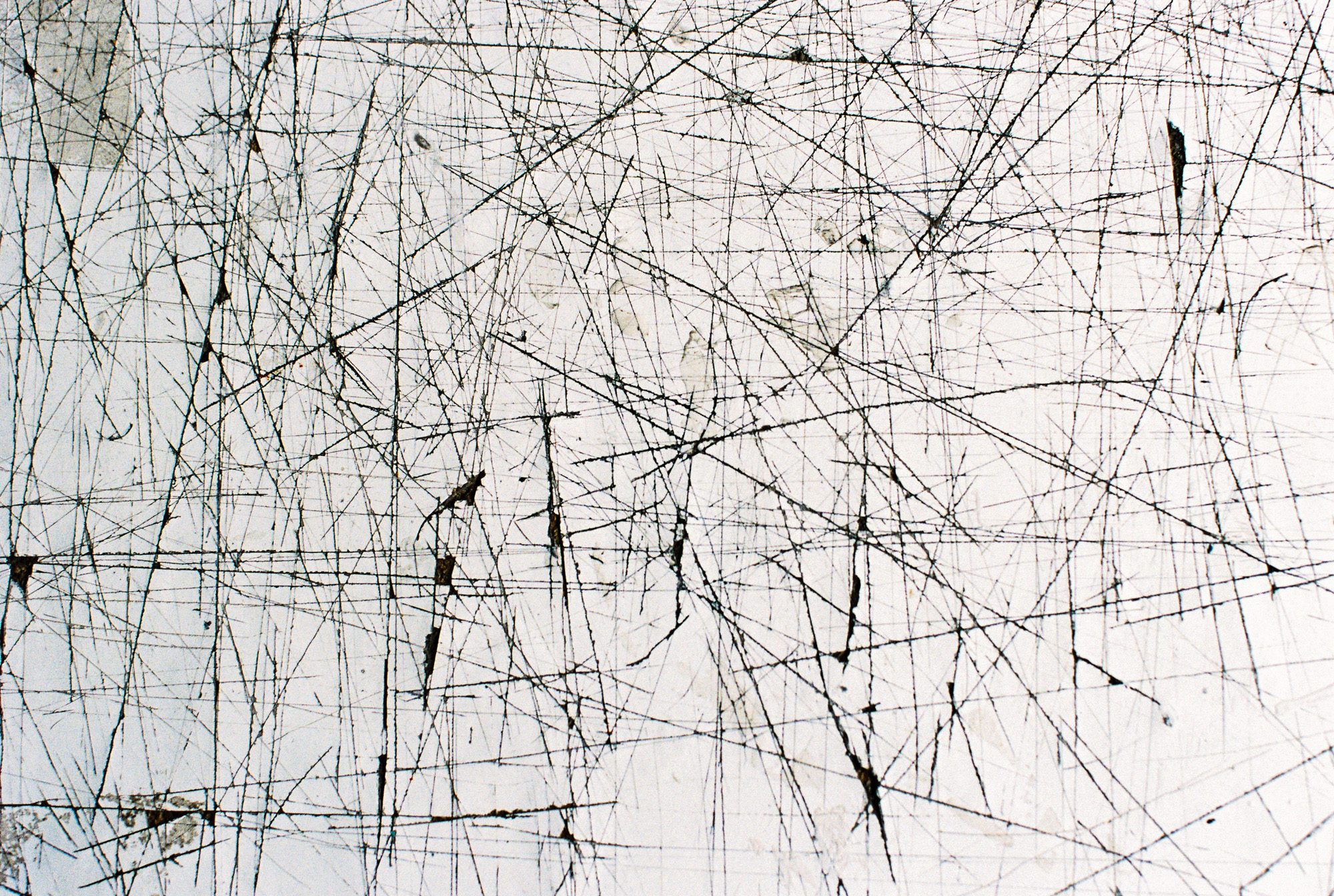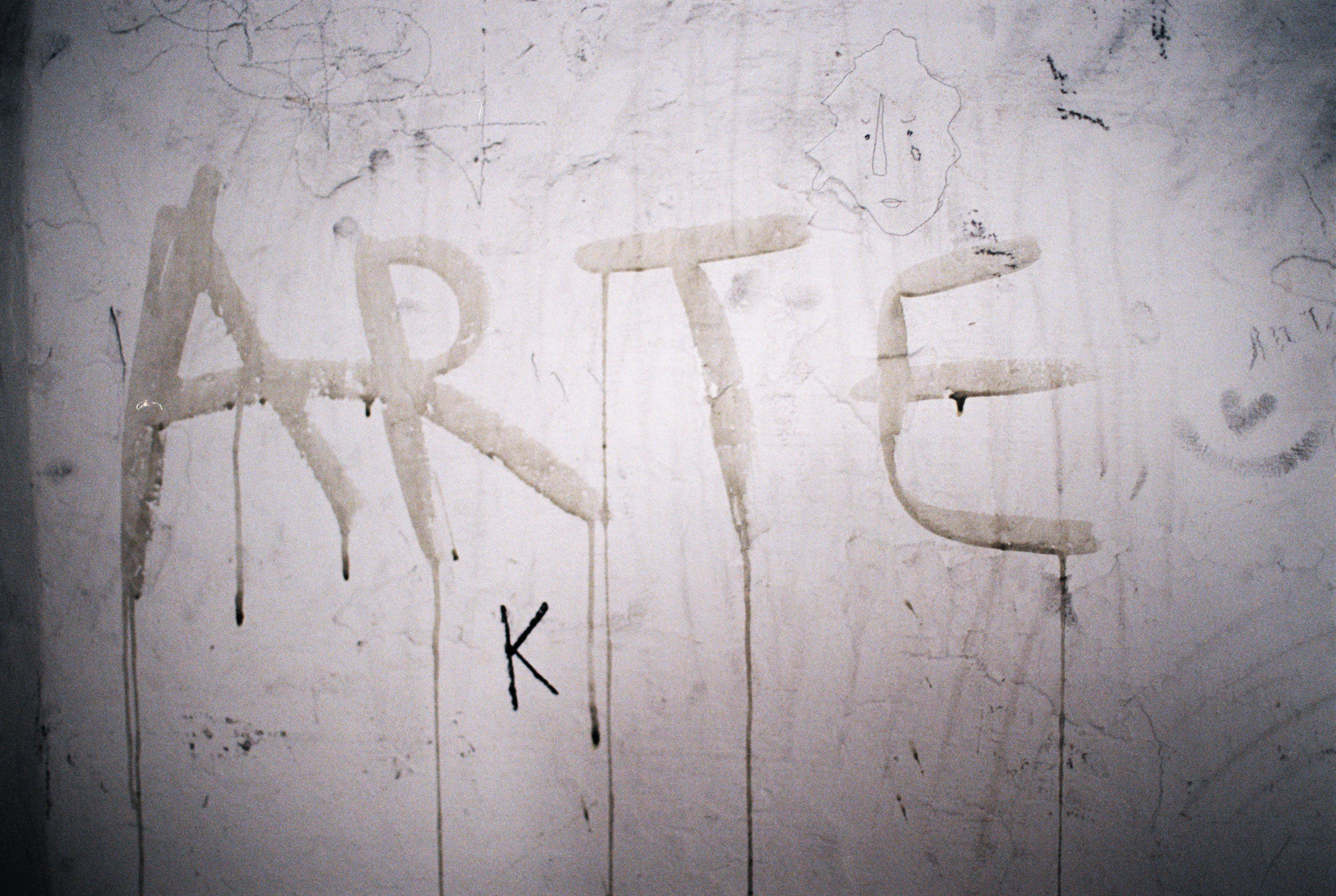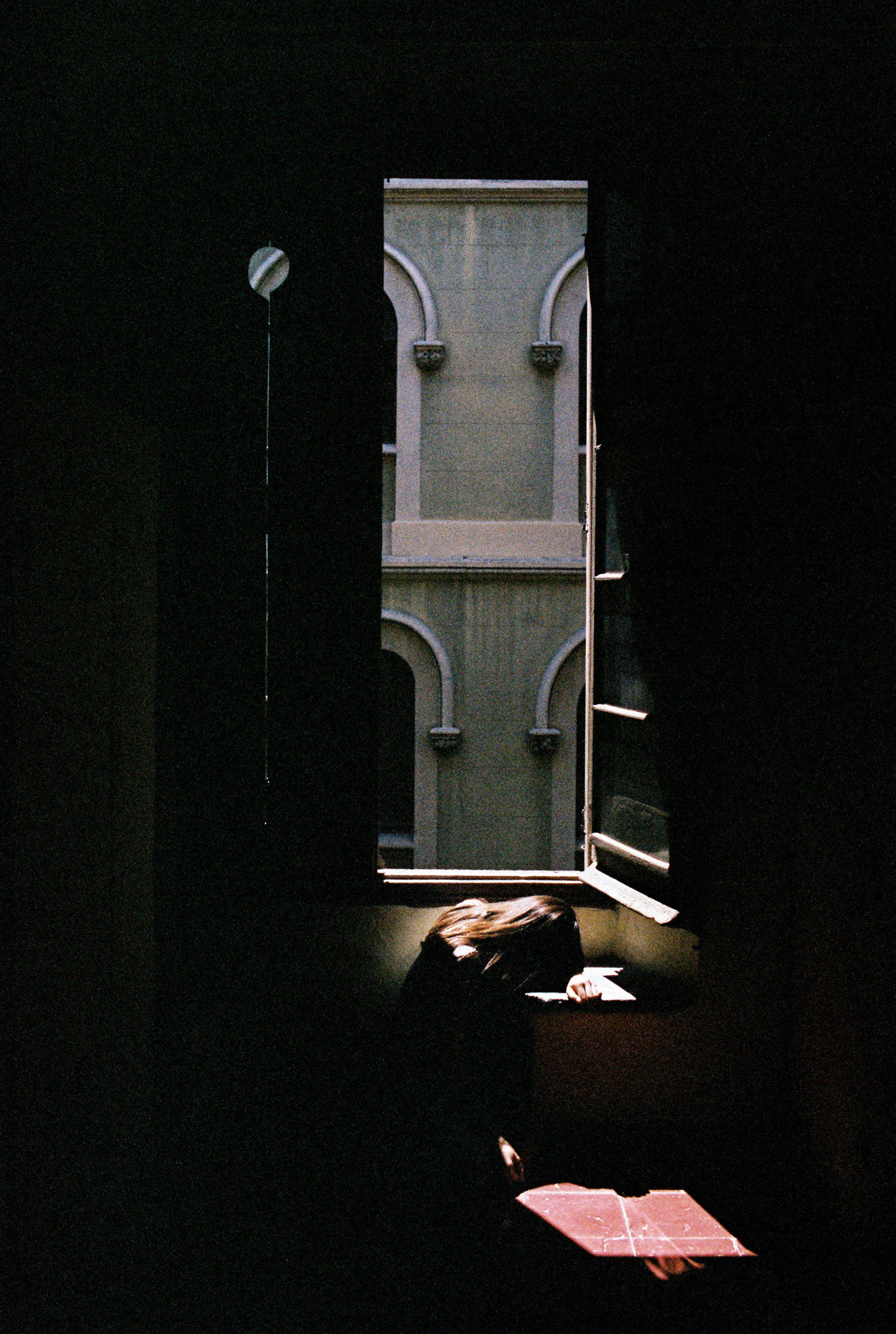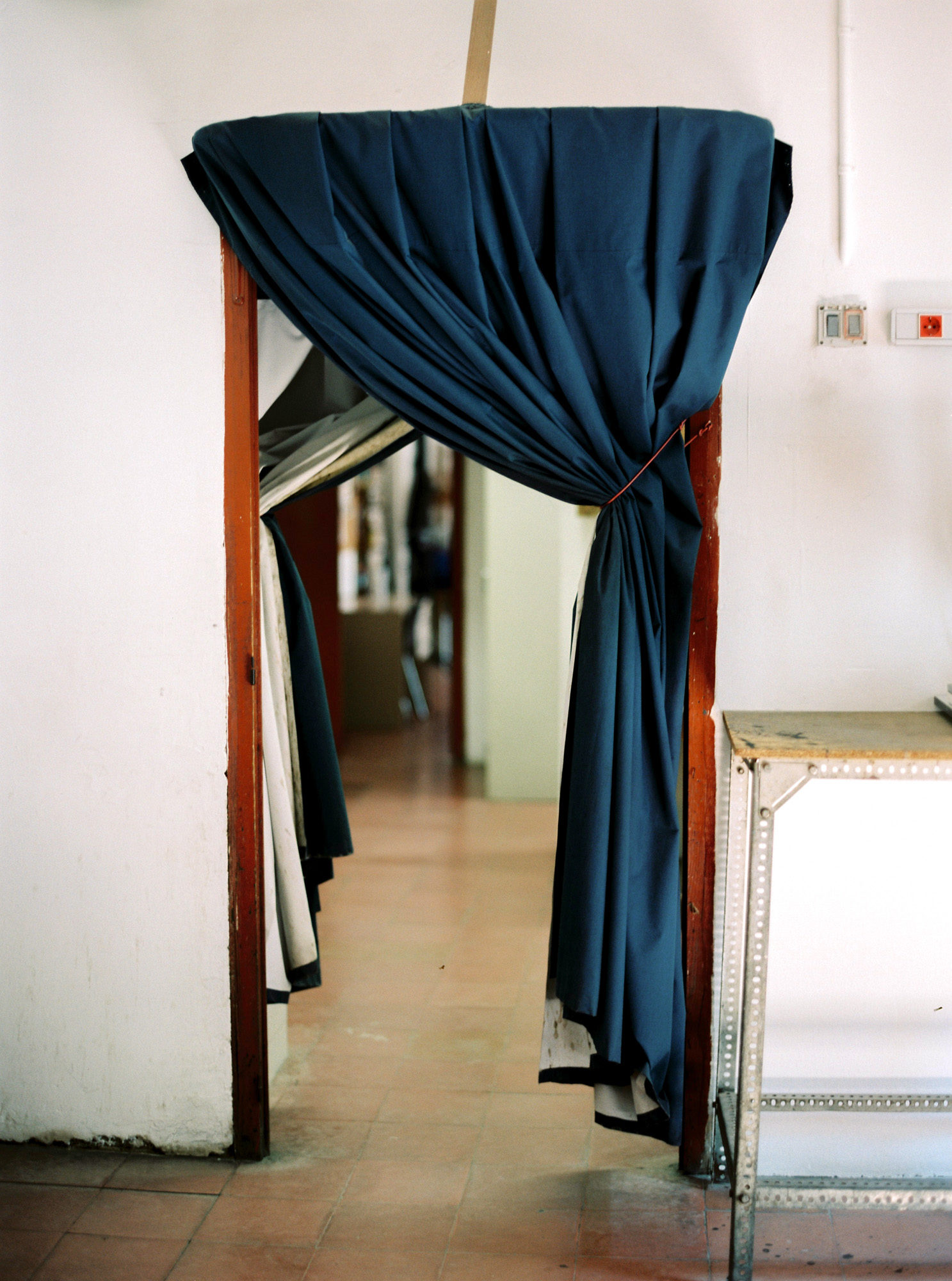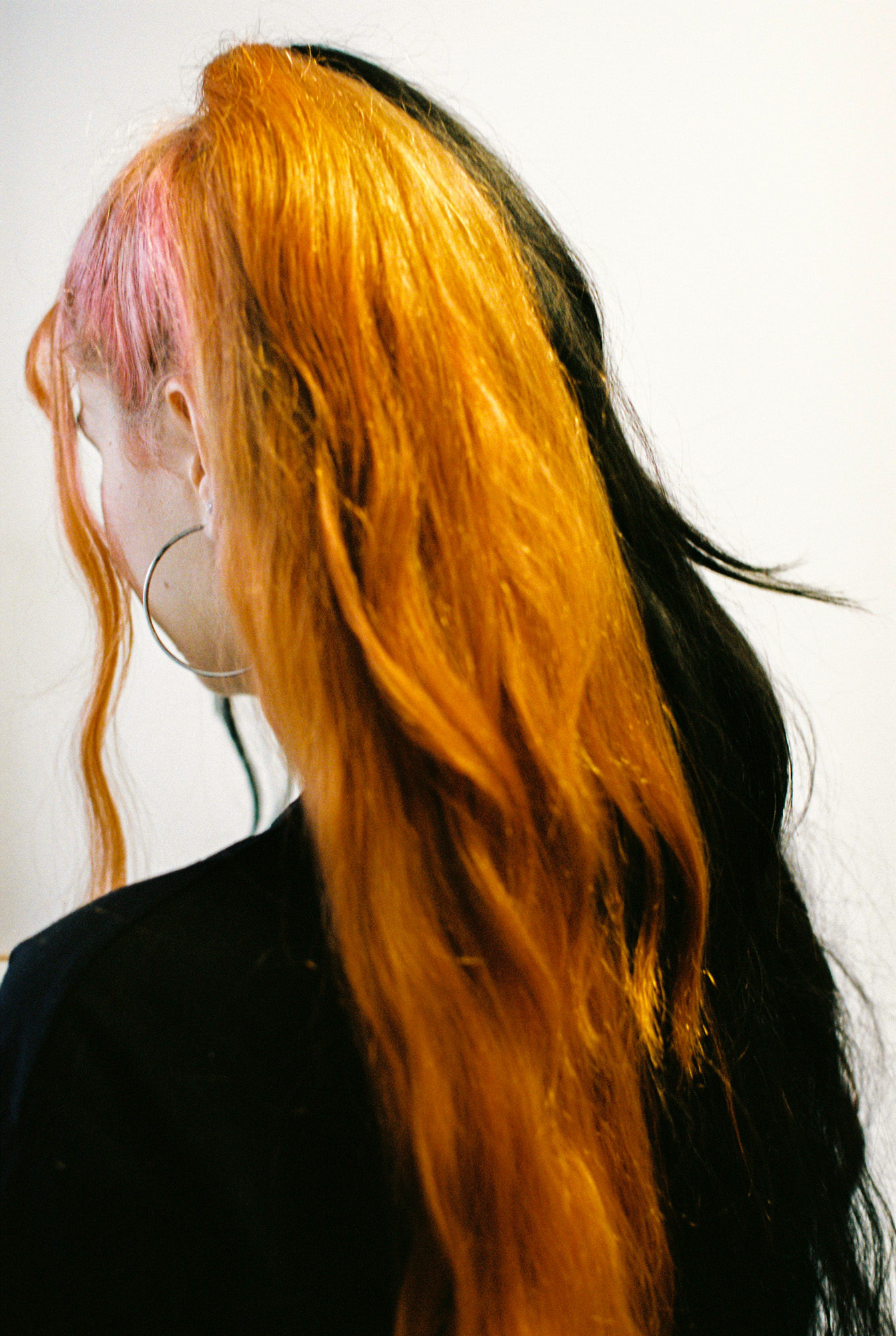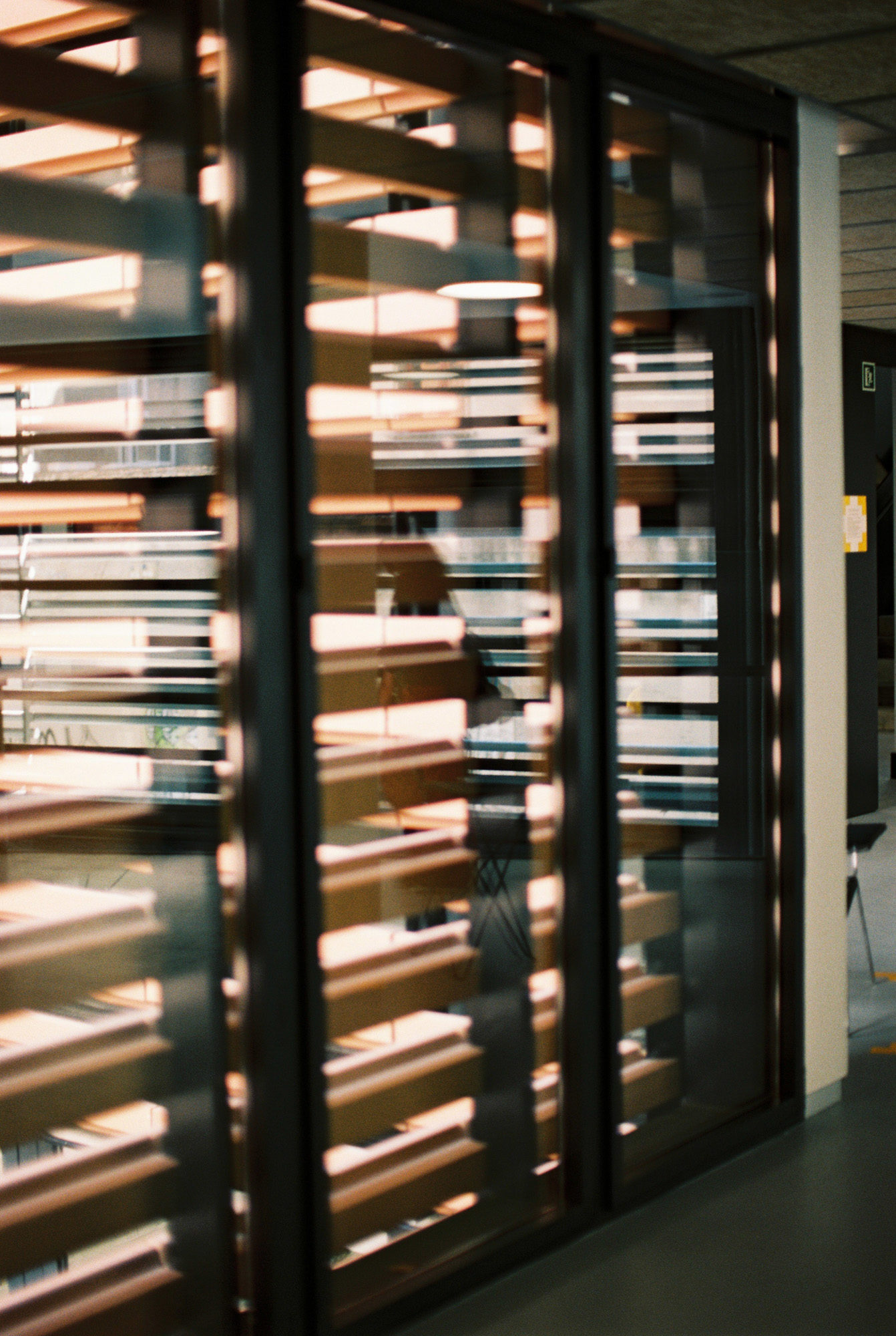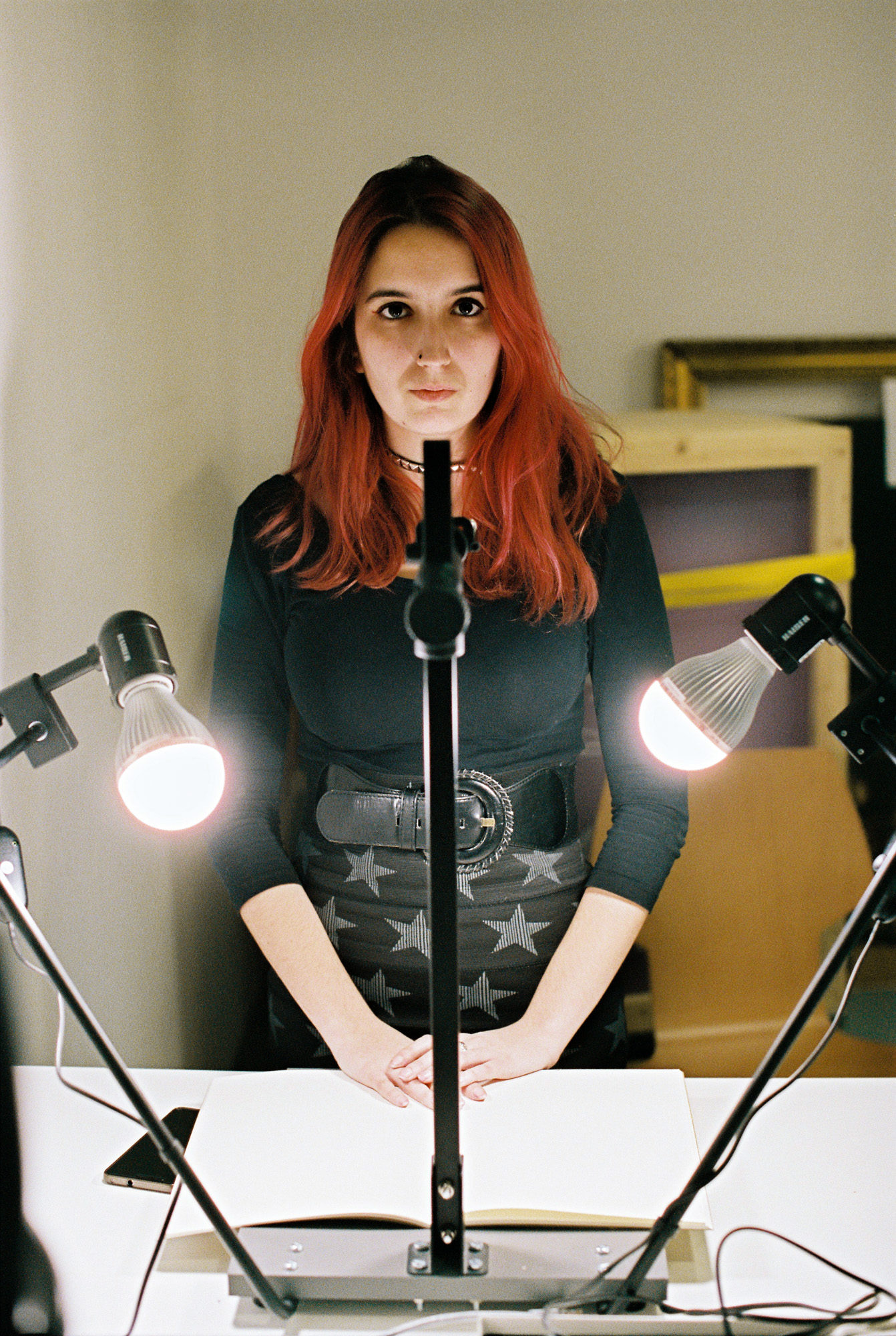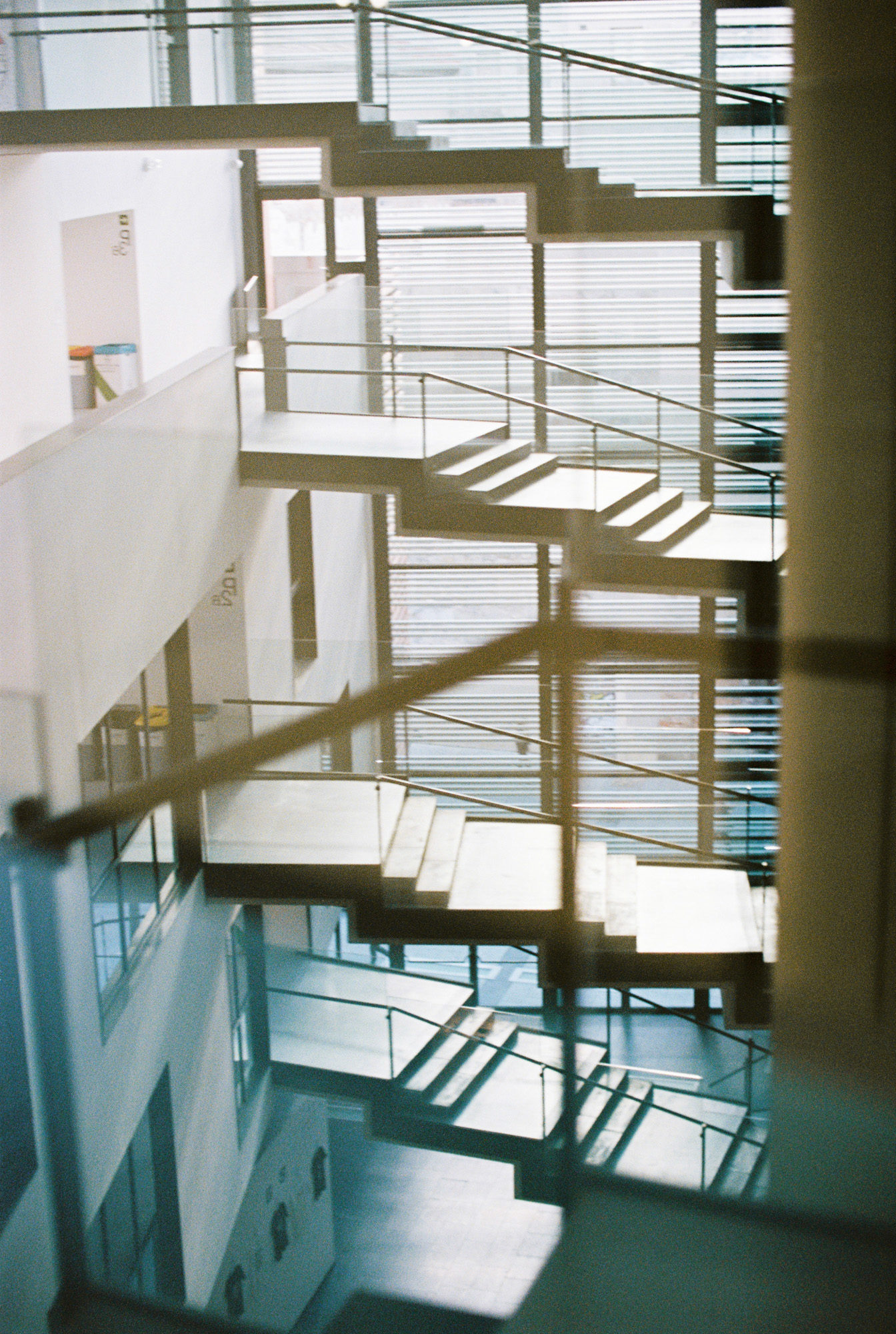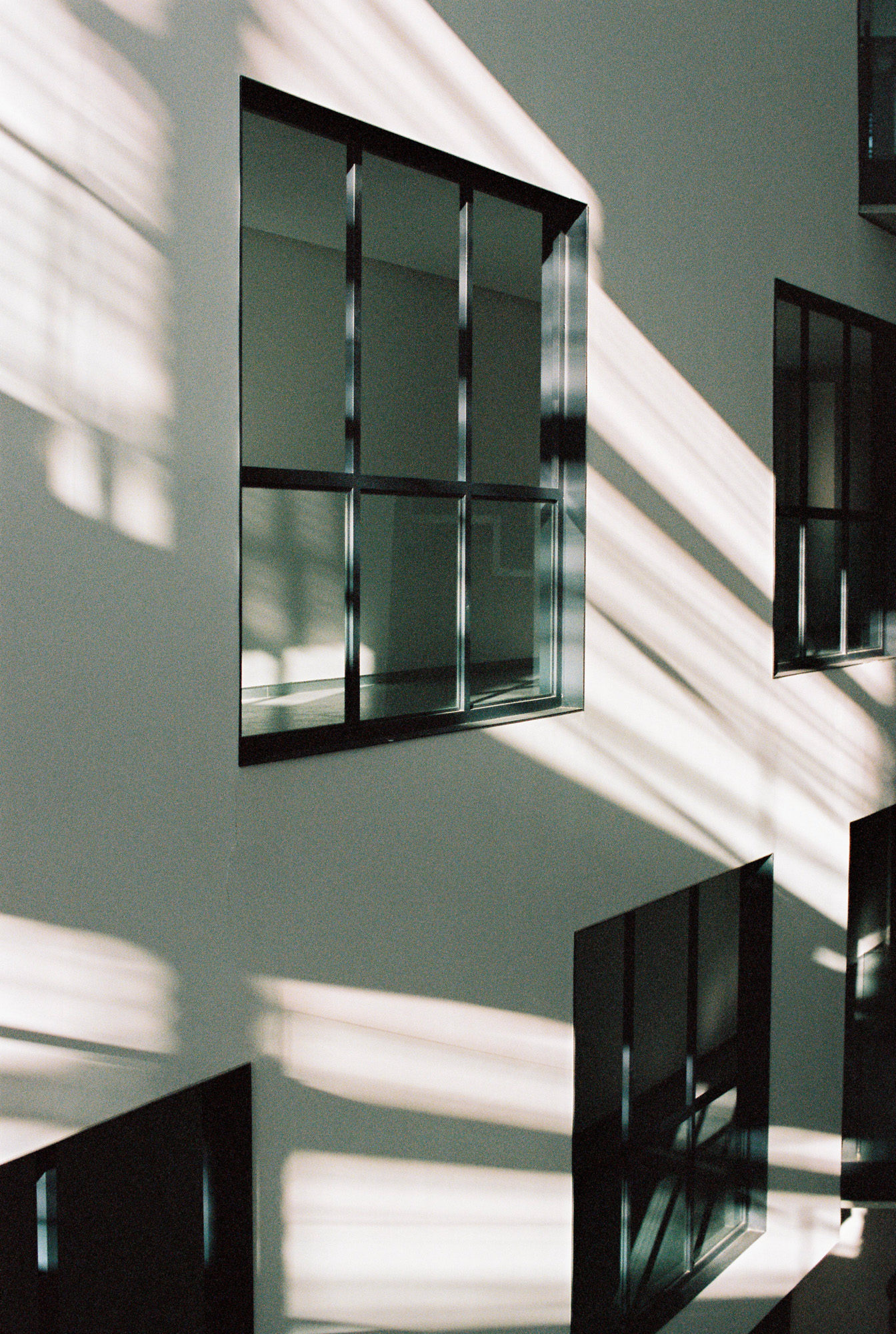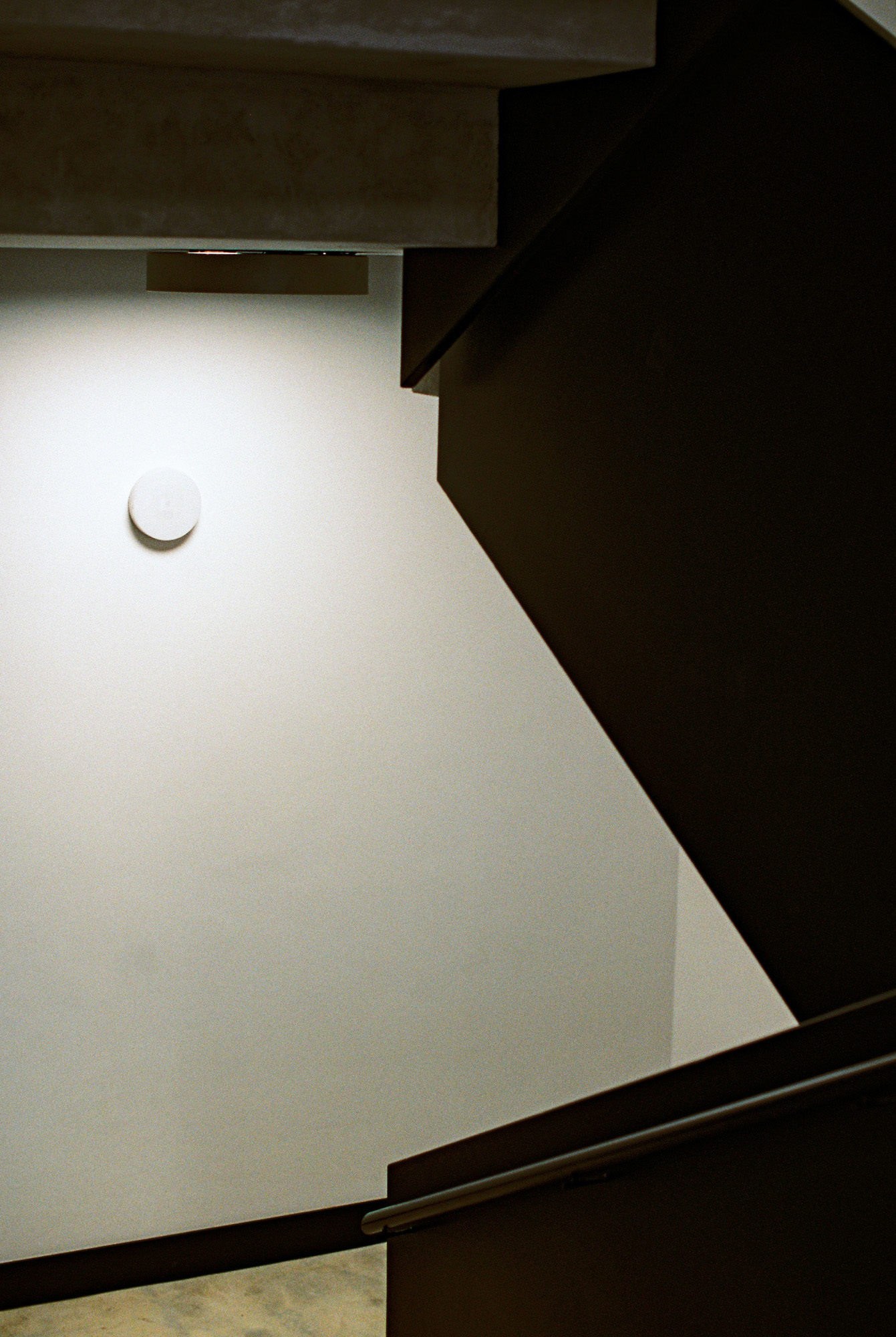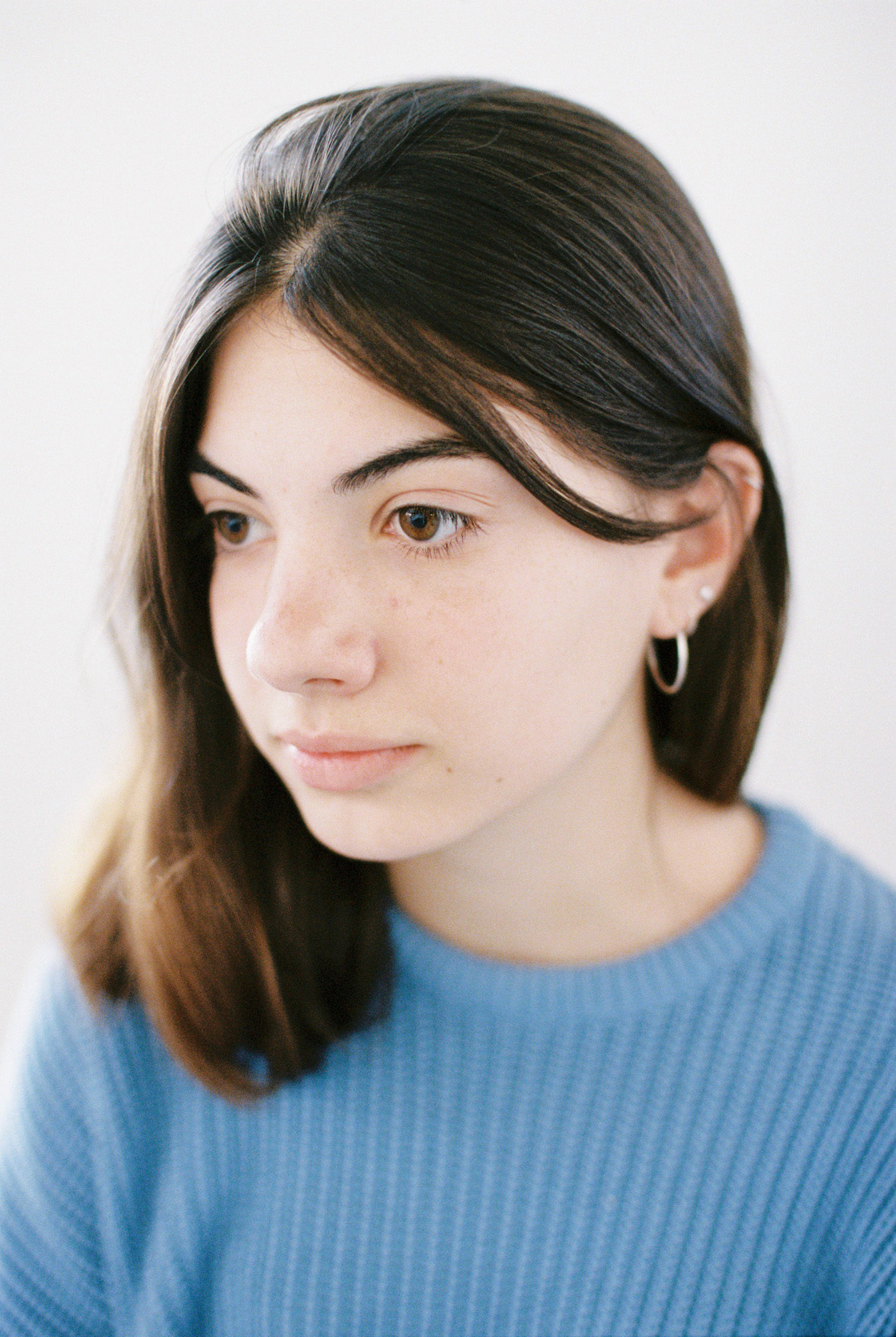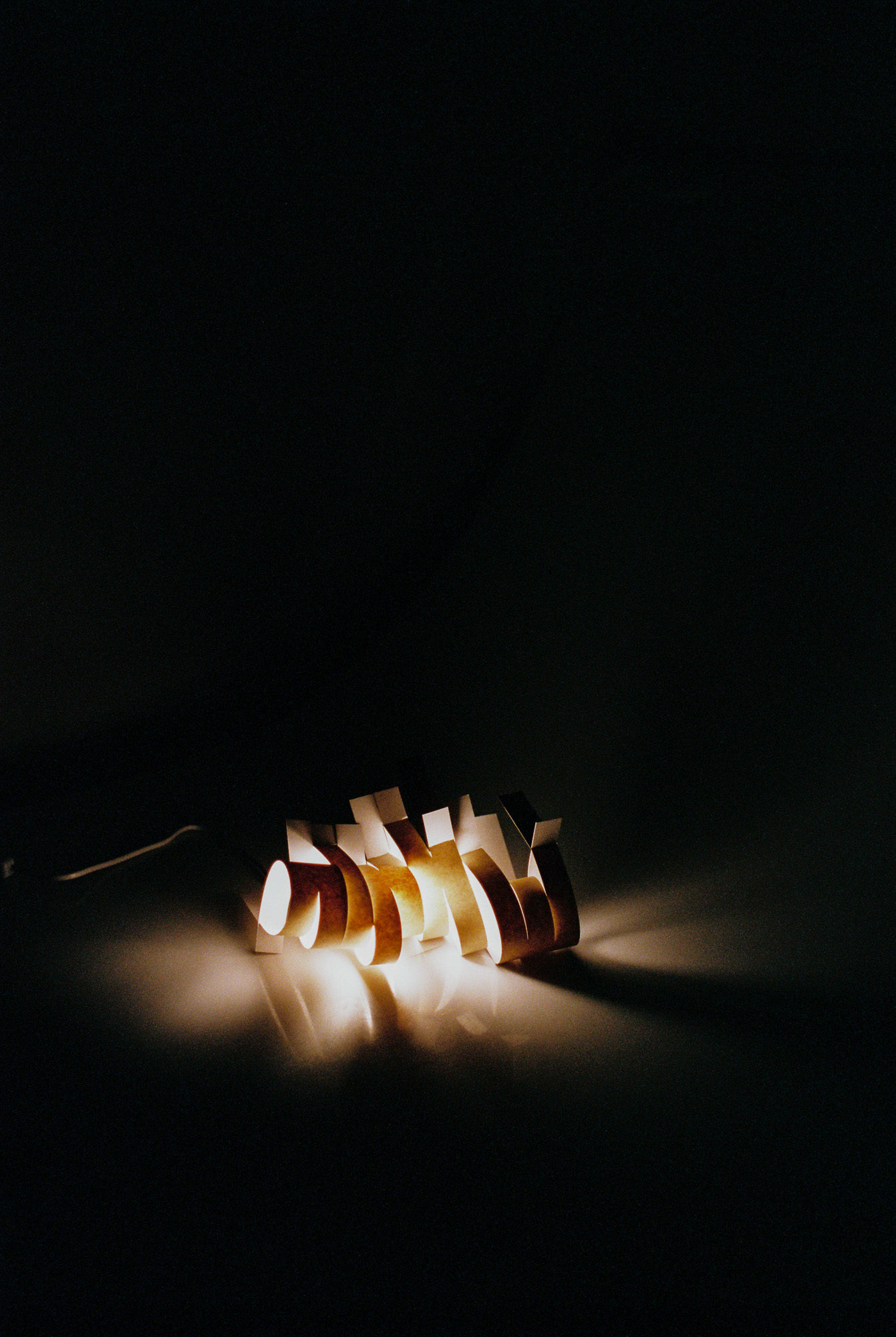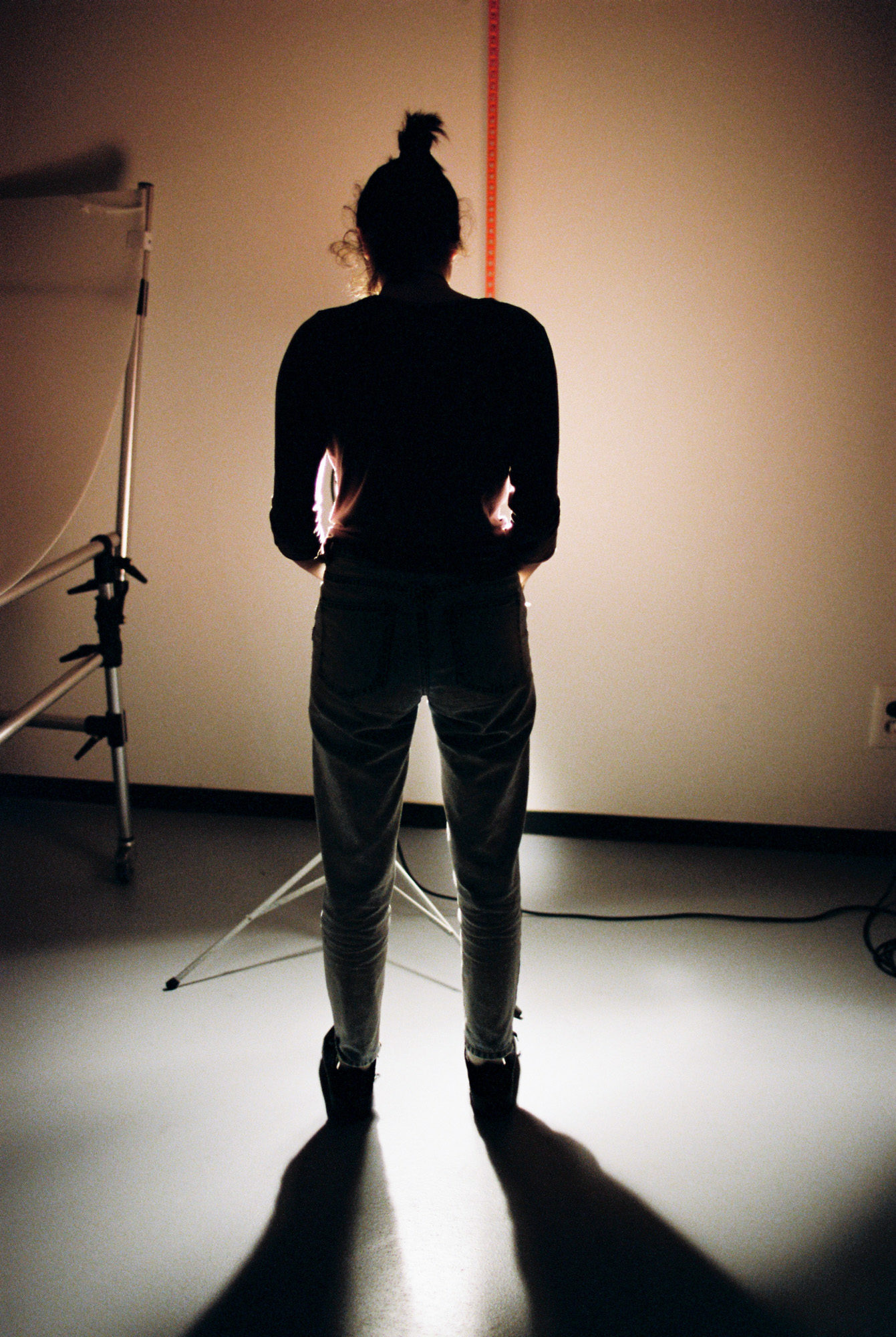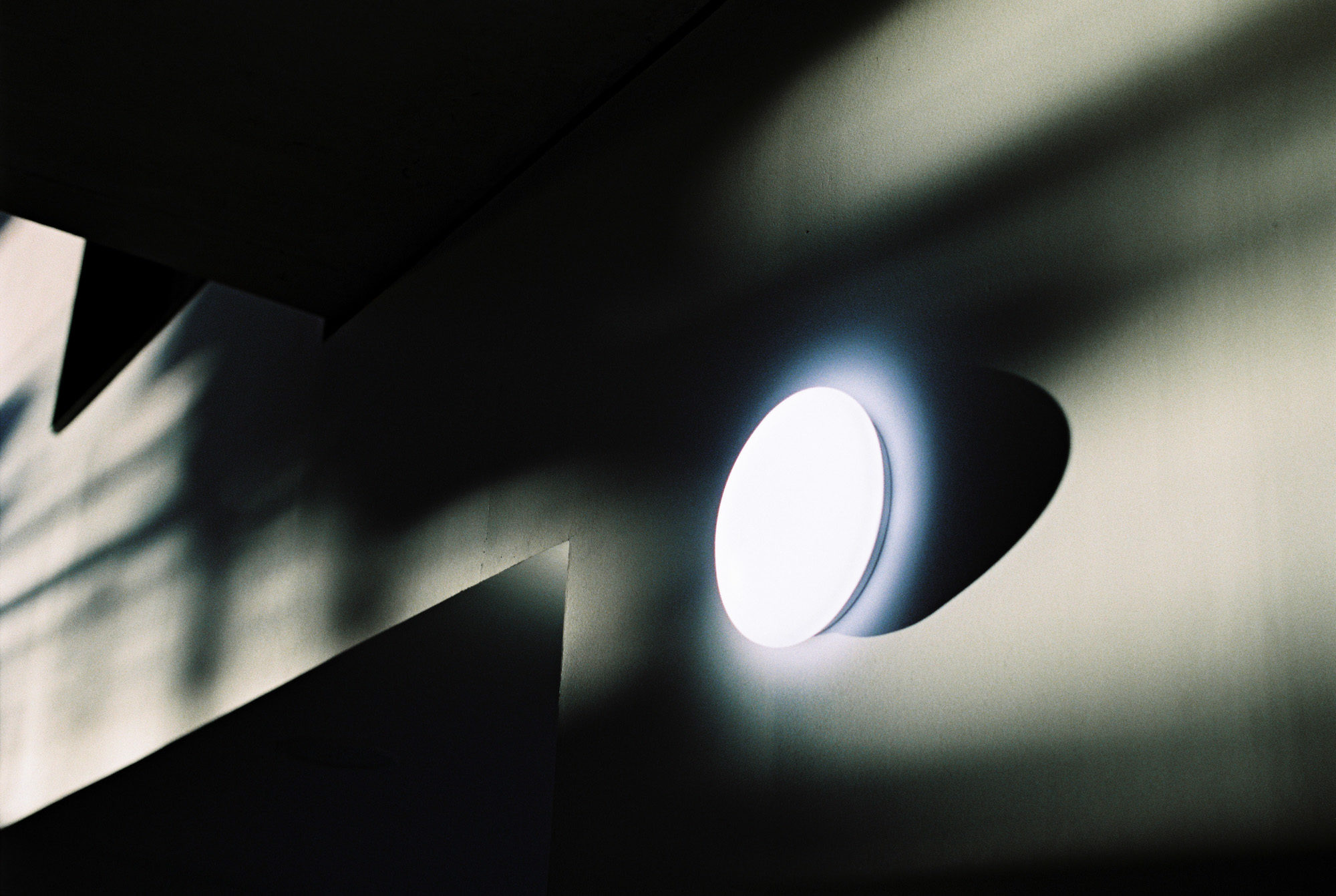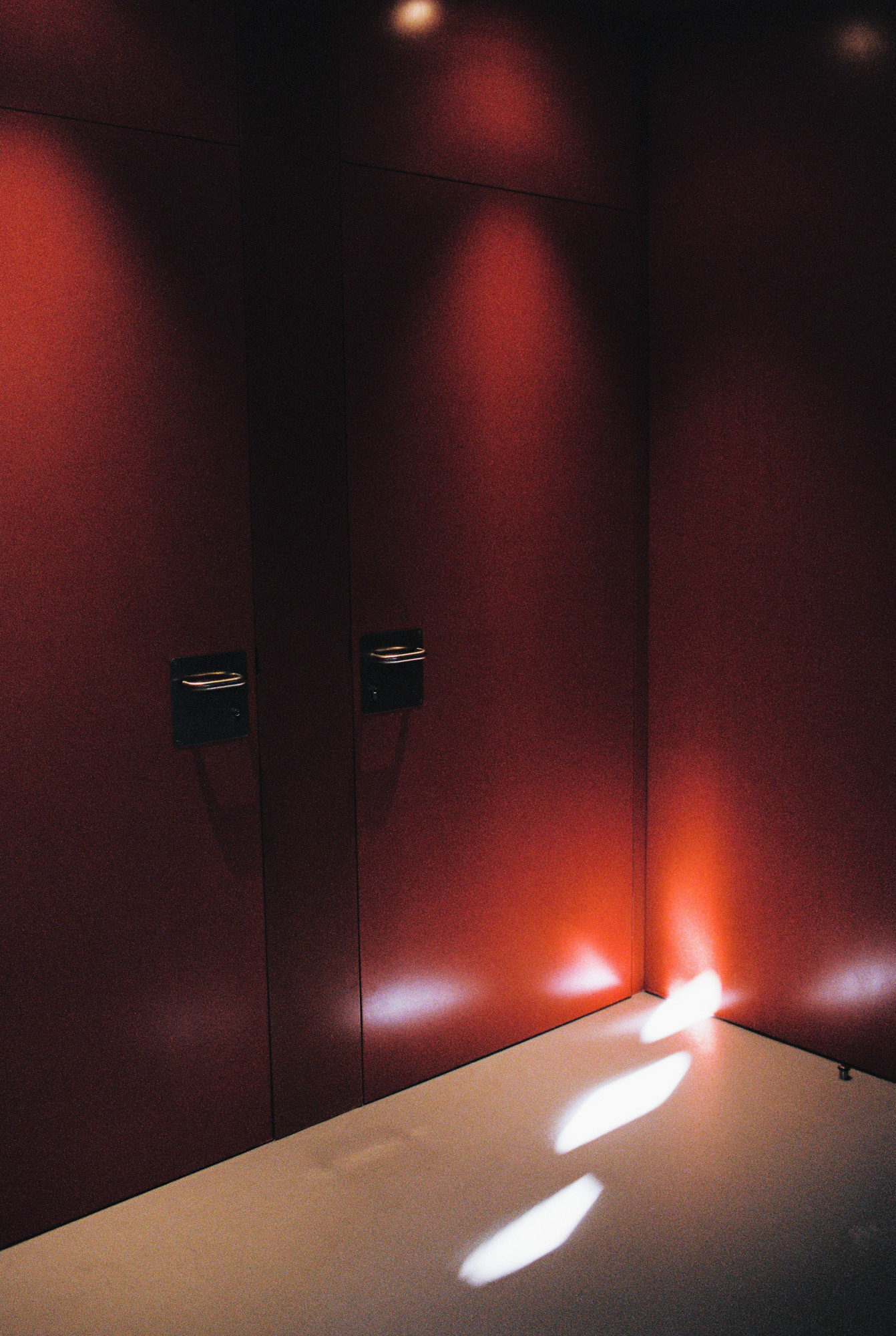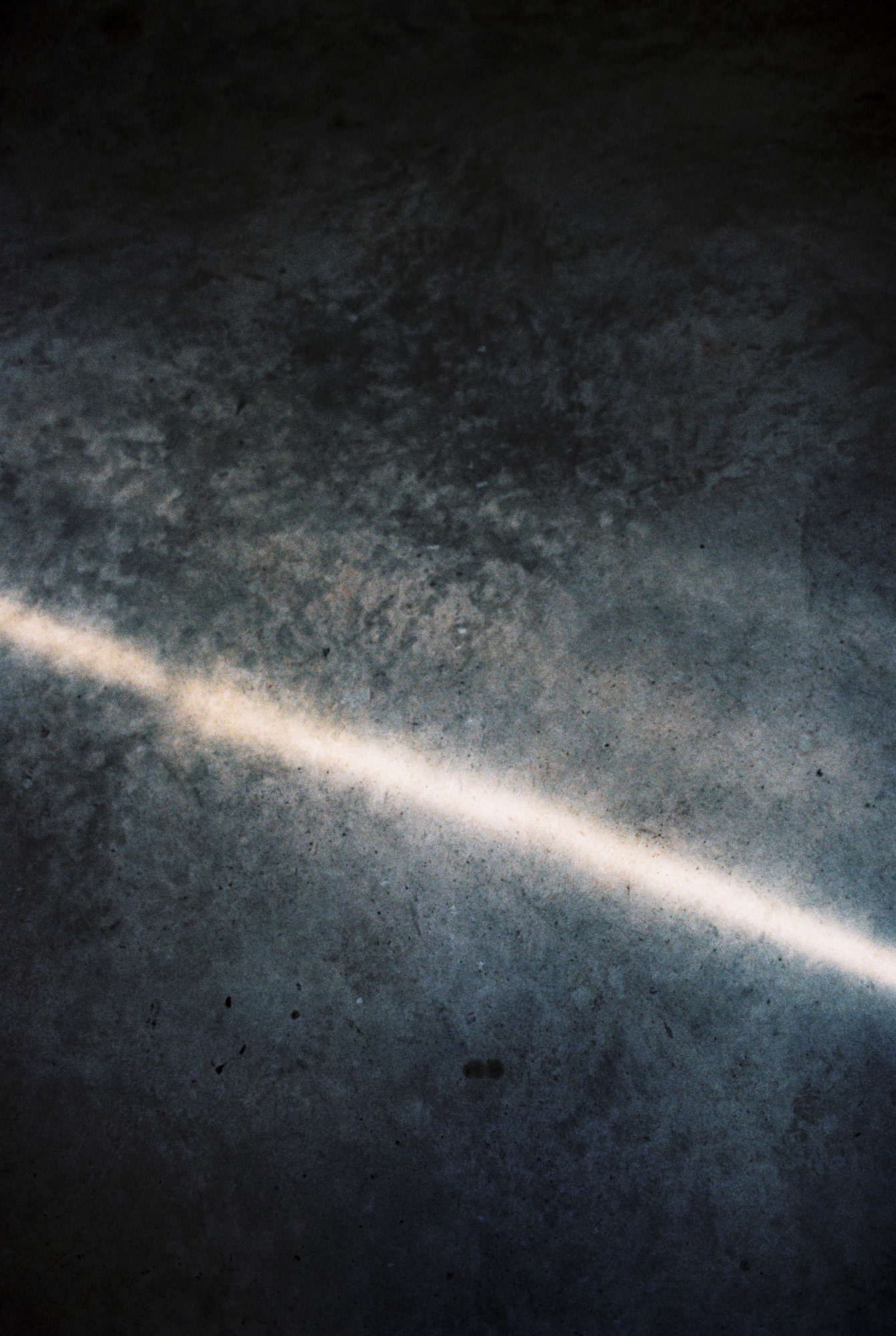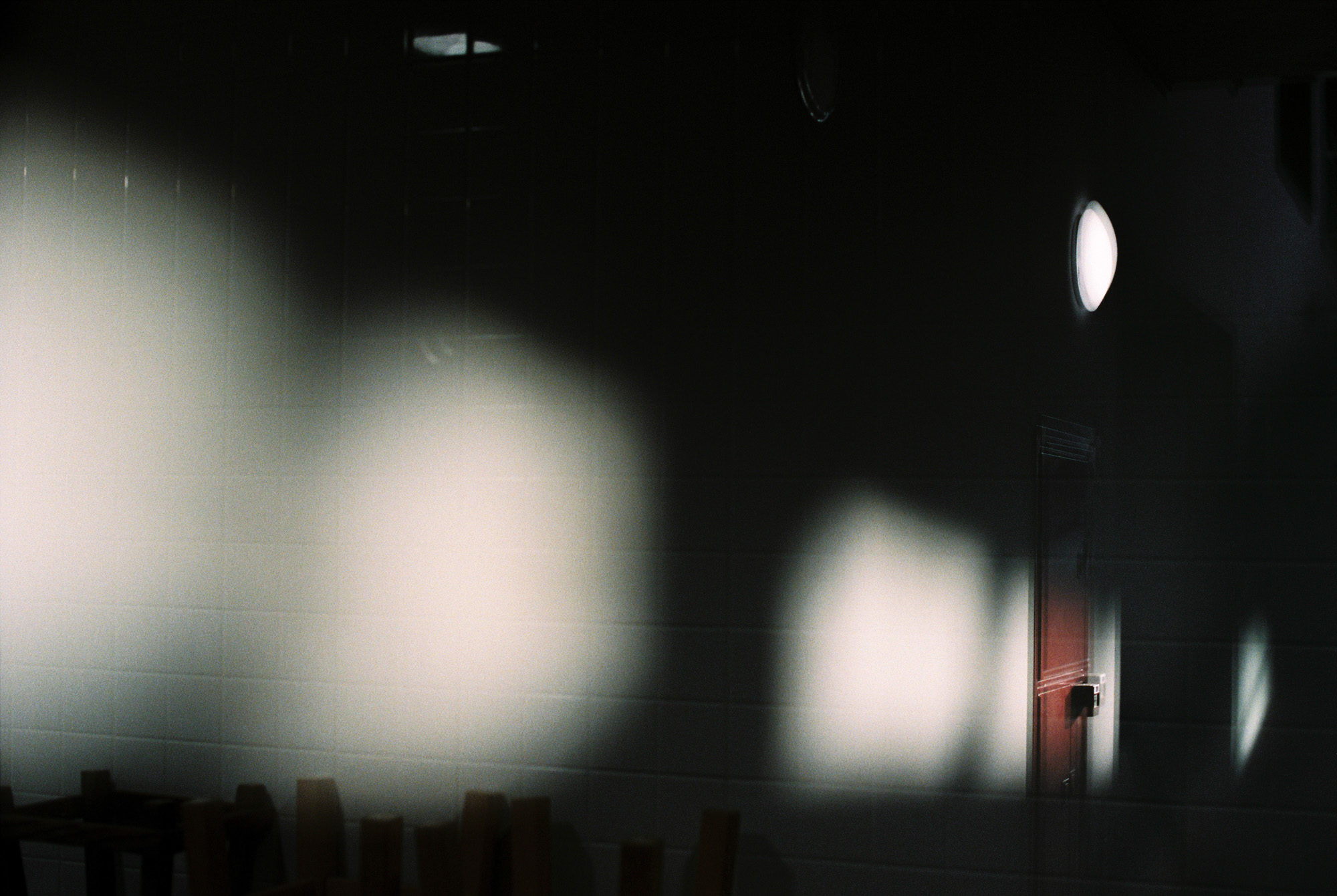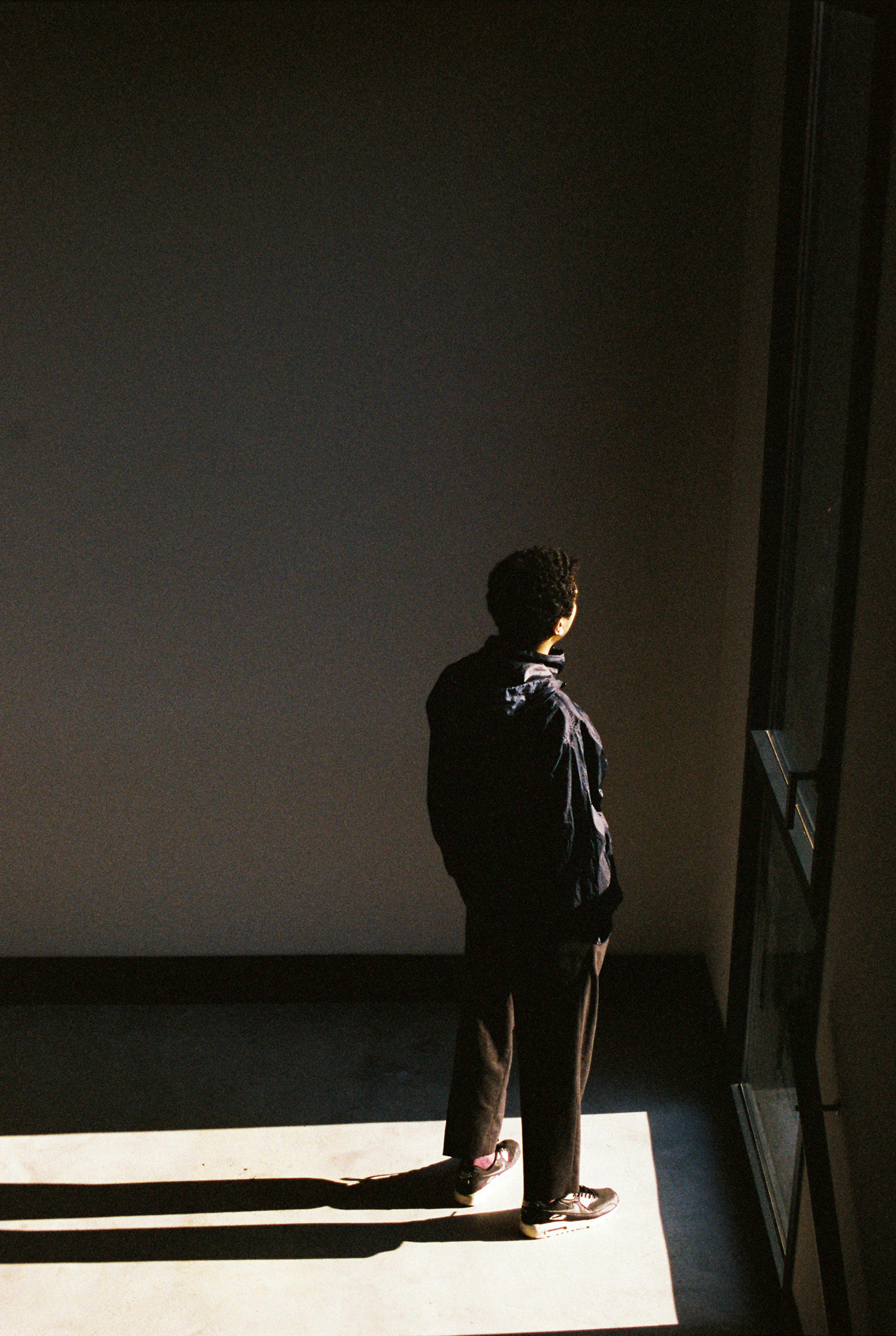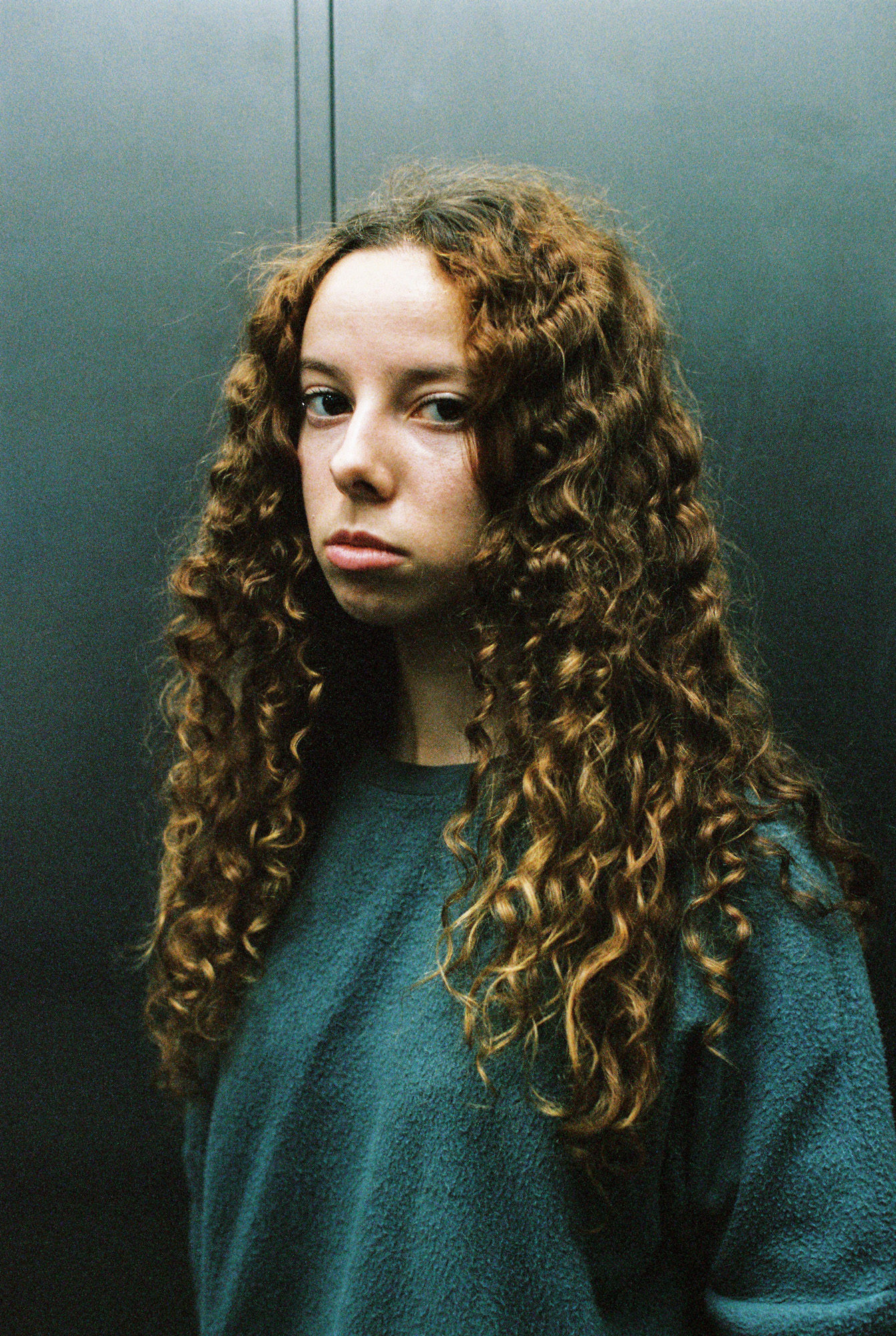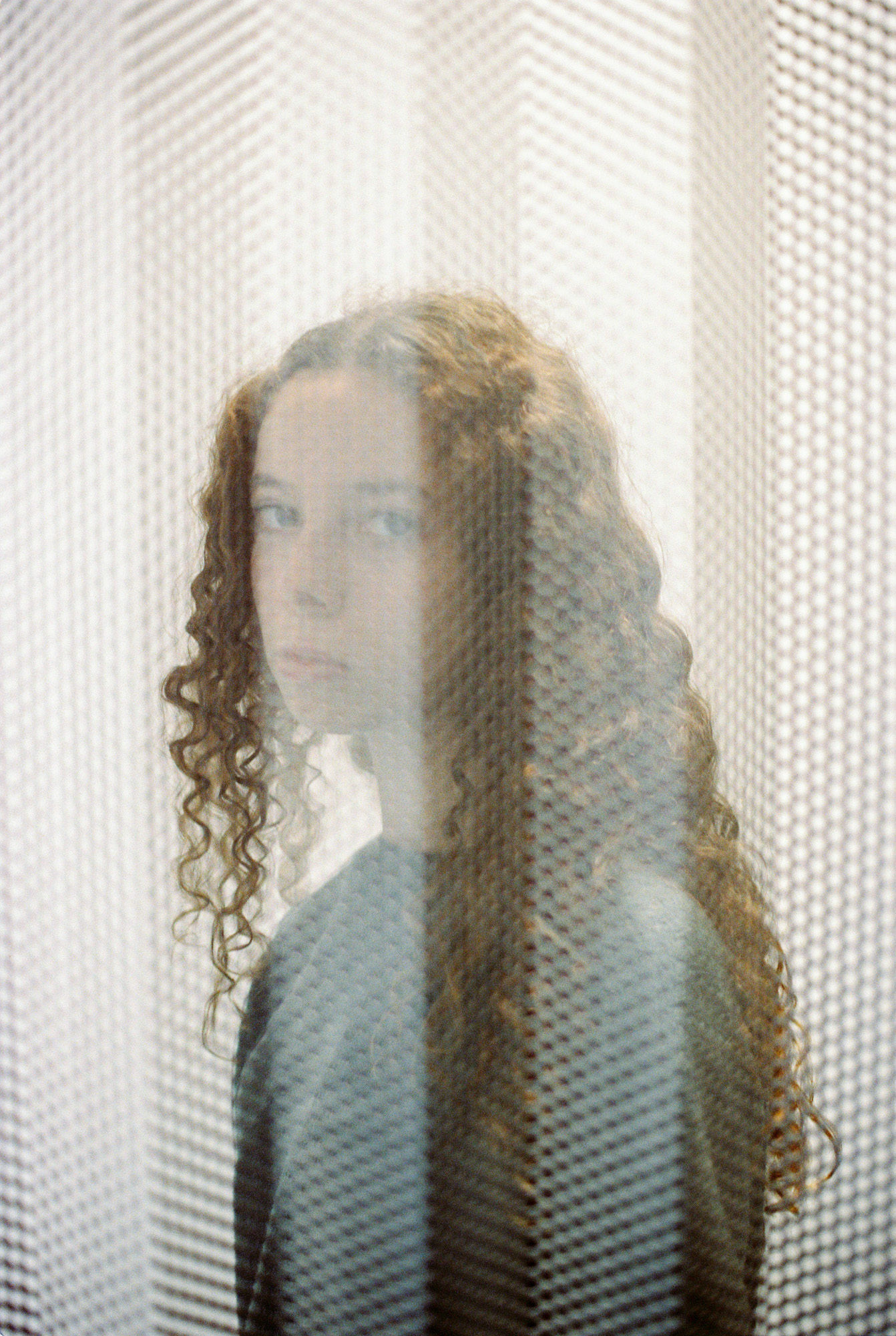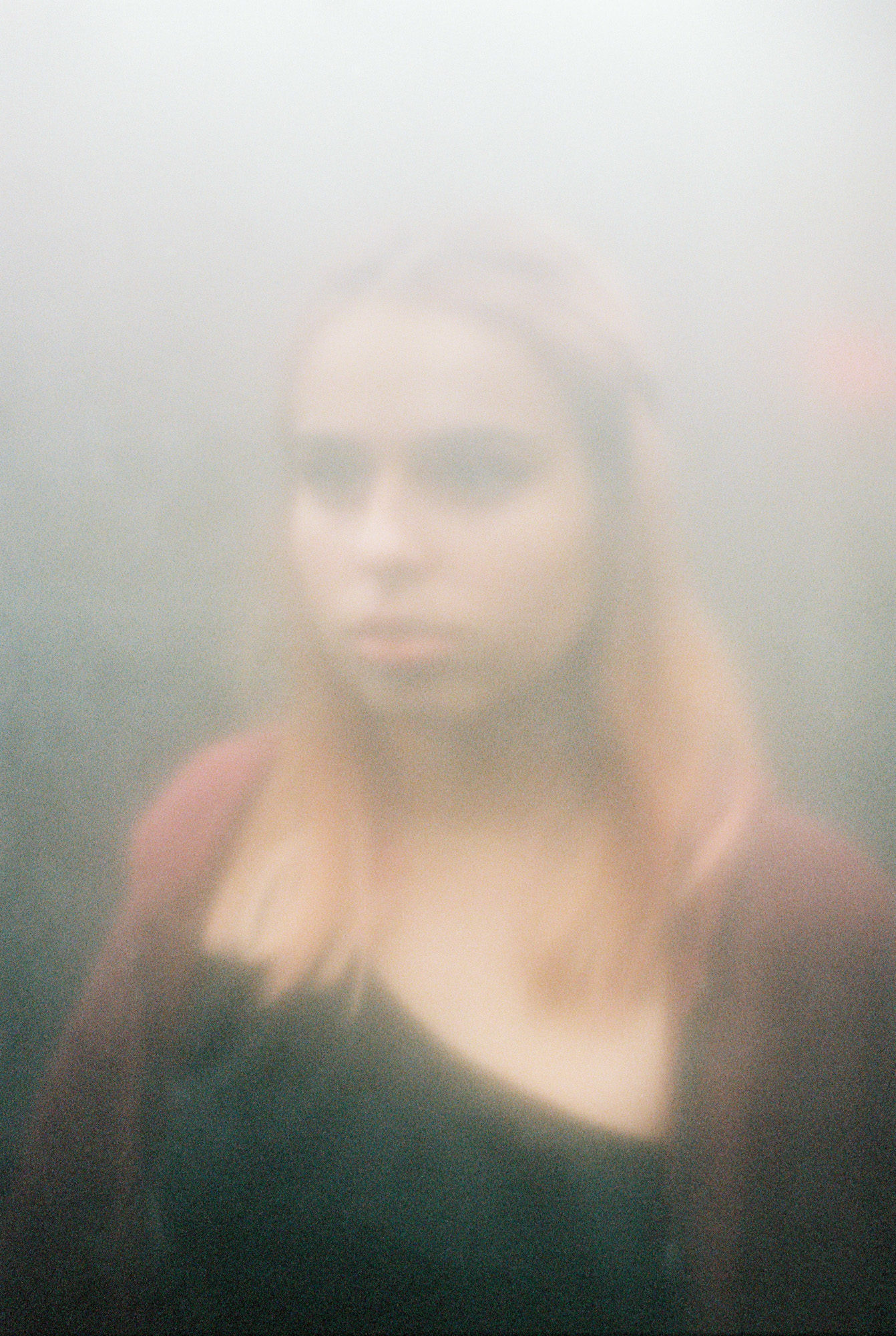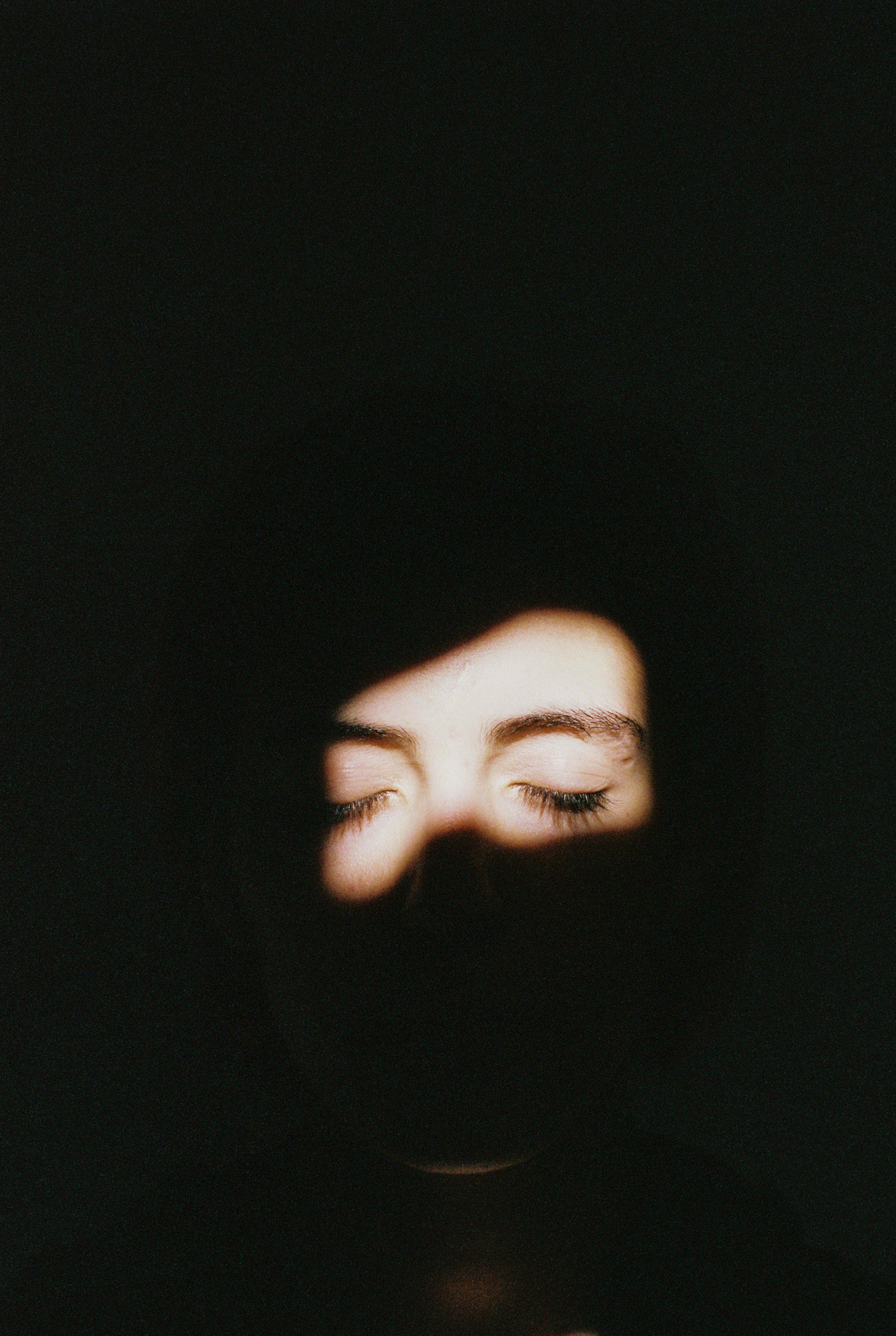
SHEDDING SKIN
This is perhaps one of the longest-lasting projects we’ve seen going on at the lab; Noemi Jariod began the project as a small assignment that quickly grew into something more for her. We got to know many years ago through editorial photography, and throughout the time, we’ve also seen her work change, evolve and mature. We can say it’s nothing short of great pleasure to see projects develop like this when photography is used to portrait changes that often happen faster than we would like to.
Photography is often tangled with art, even if photography is still a “newborn” in the art world when we compare it to sculpture or painting, most photographers share aesthetic backgrounds with artists or have a connection to art schools. With the years, and as the further we sail into the deep waters of professional life, it’s easy to forget the environment our schools provided to us. 79 meters is a revisit to those school years, the details, the things that perhaps we gave for granted, or we do not notice and that now, with the change of buildings, they might get lost.
Film photography helps to add two dimensions in this case, the analog image creation process similar to painting and the archival purpose. These images are created not to highlight the present but to create a solid memory for the future. Their value today is just a small fraction of what their actual value will be in the years to come. Telling the story of the la Massana school, both to the future generations that will never get to know its original building and for the artists that were born in between these walls, that will always be able to go back and revisit their memories through these frames.
In her words:
“Two episodes: the first, photographing the last year of operation of the Escola Massana – before embarking on the move and leaving the historic building. The second, register the initial steps into the new headquarters. This has been the motivation to explore the transformation of an art school and its inhabitants. 79 meters refers to the distance that exists between the old building and the new one.
This visual essay proposes a reflection on the interior and exterior change that occurs after any “move”. Leaving a space of romantic aura to move to another unexplored and aseptic, it implies leaving behind the traces of the old building and adapting to the change. The images, sometimes full-length faces or school environments, underline the patina of time through different ways: sometimes with shadows, sometimes with mists, reflections, textures … They pursue the incidence of light that, like everything else, moves and transforms.
These two episodes in transit dialogue with the poetry of Paul Valéry. “The skin is the deepest organ,” says the French poet, and it is this paradox that mobilizes and contains the double reflection on the photographic act: one that documents the surface and another that points to the complexity of making visible (representing) the Hidden face of the image. The photos that make up this series are mirrors of an inside and an outside: they appear, move and escape. 79 meters deal with deep surfaces.“
– Noemi Jariod
LAB NOTE
Noemi’s work has always been scanned in the Frontier SP-3000, at the beginning because of the skin tones and vivid colors it provided on portraits, but in this case, especially because of the high contrast it naturally provides. In this particular work especially, since she is dealing with different volumes and textures; strong shadows help emphasize these treats. The bold color palette that the Fuji scanner can output helps direct the focus of the image to its color and shape, helping the abstraction feeling and create a more pictorial image.
Part 1
Part 2

